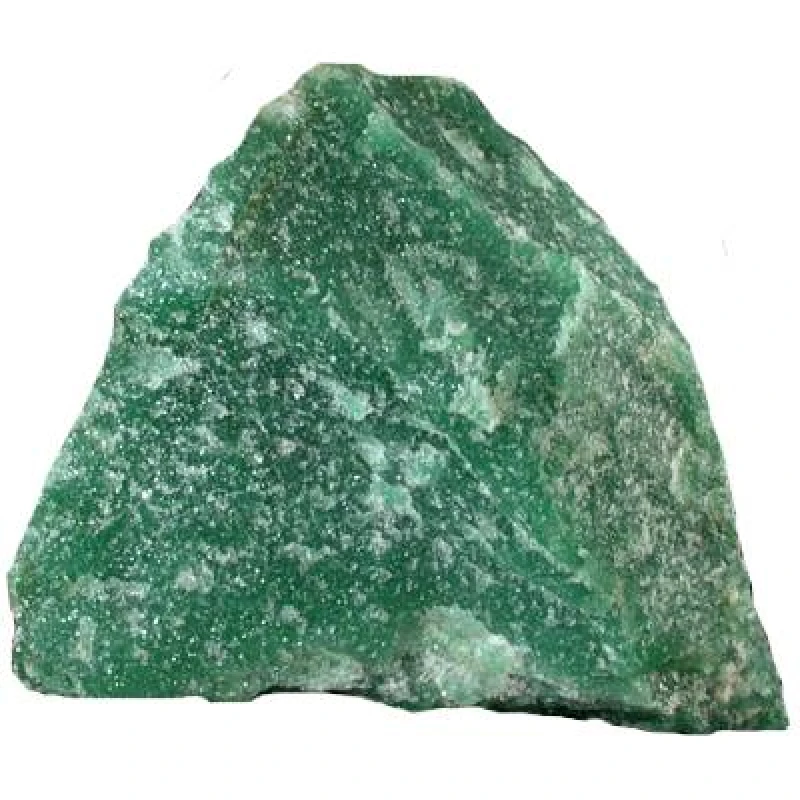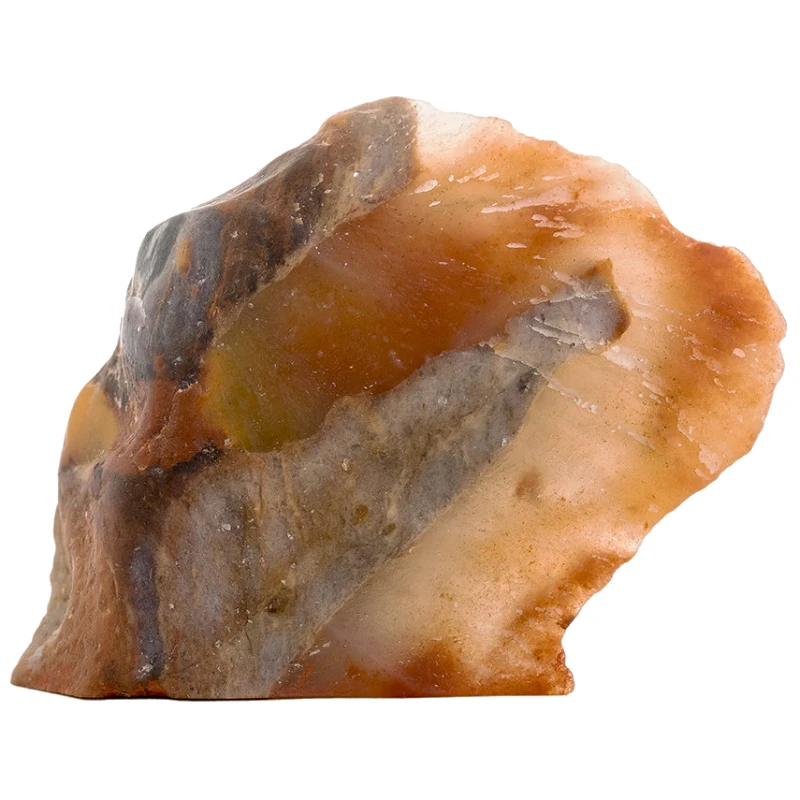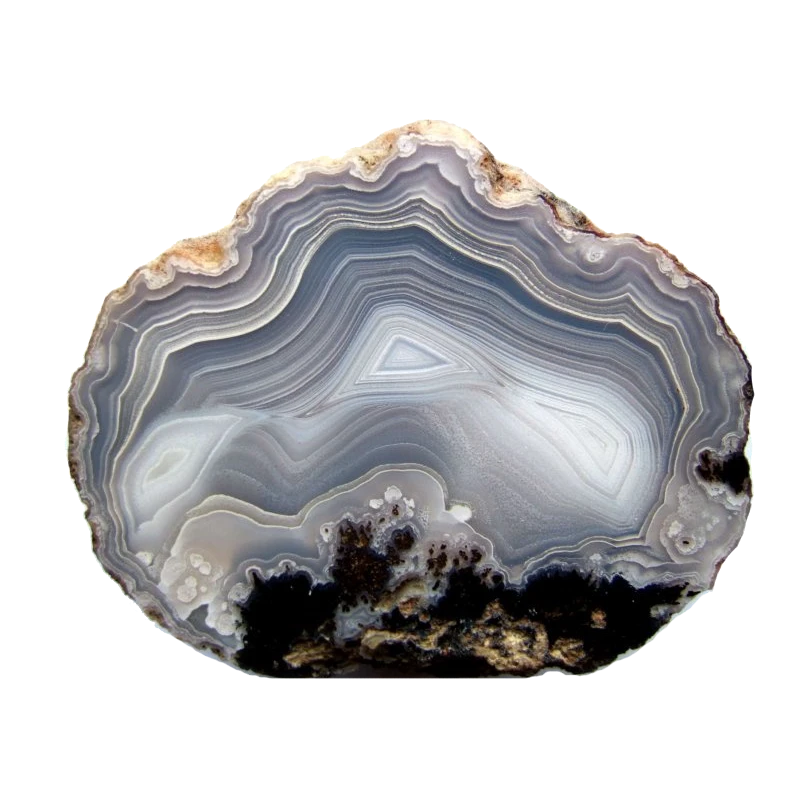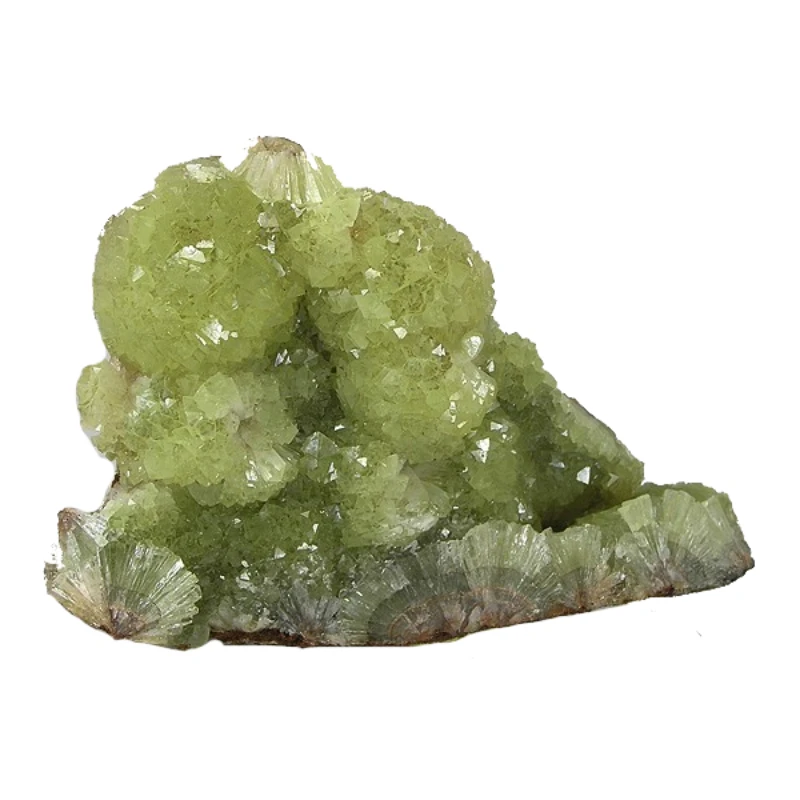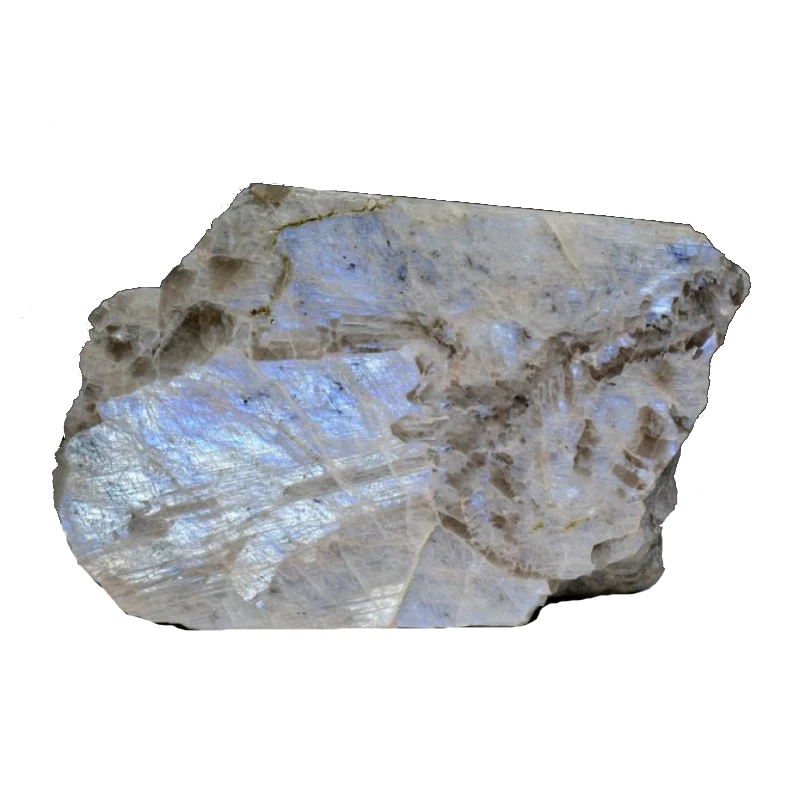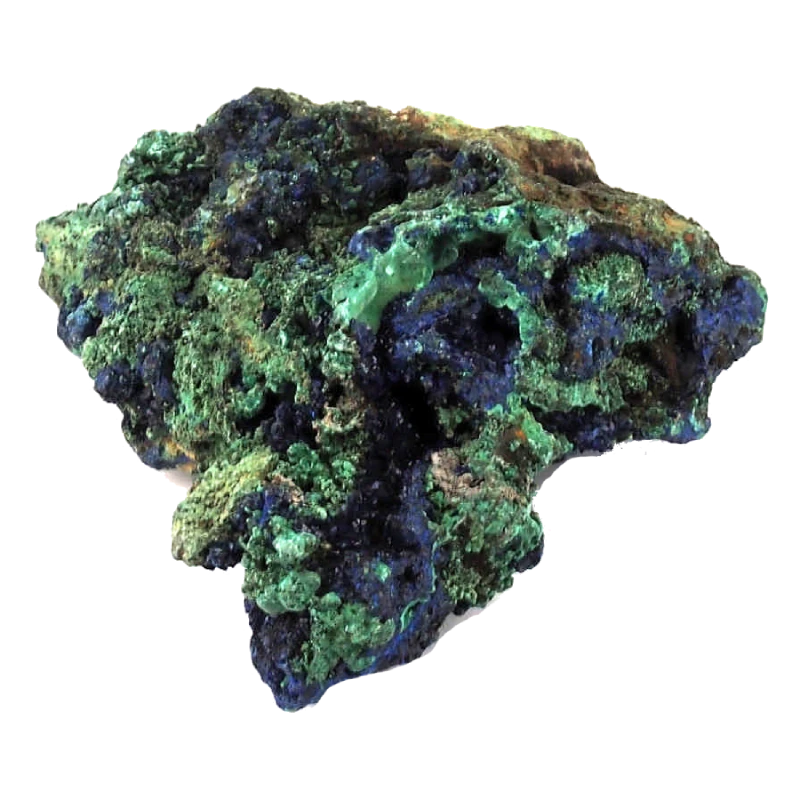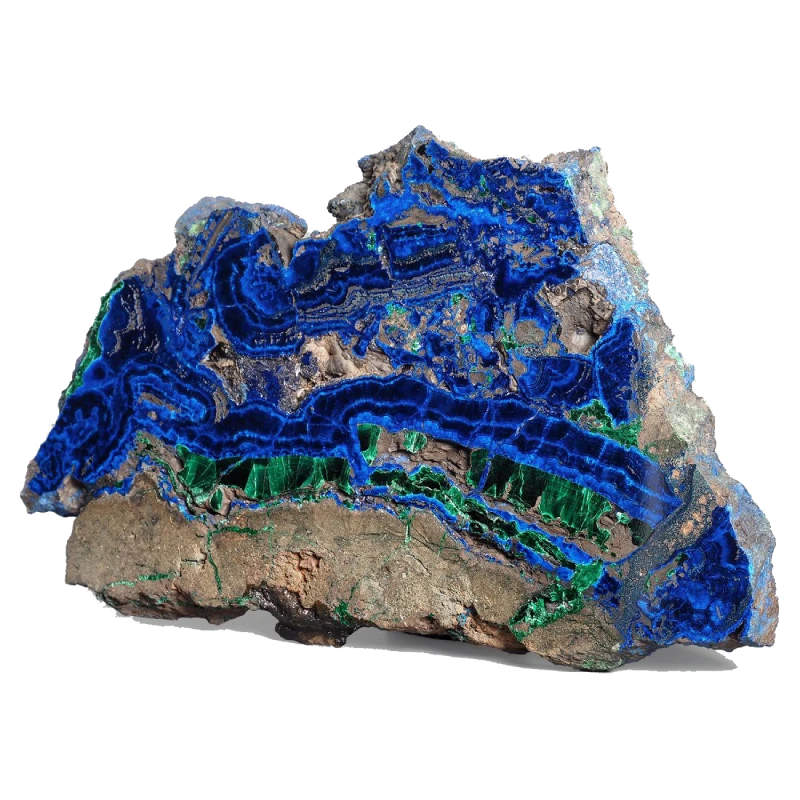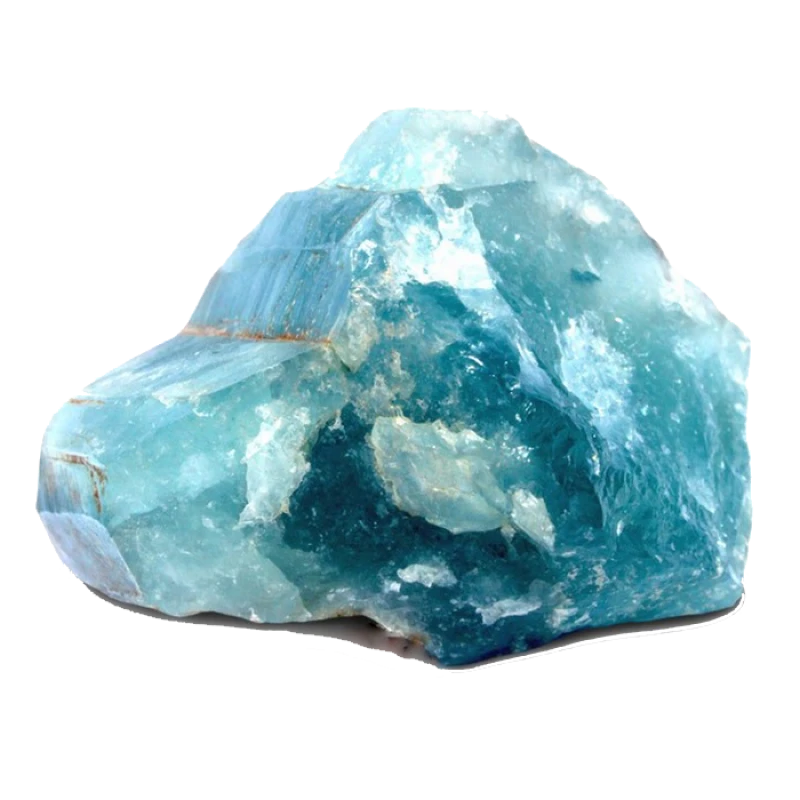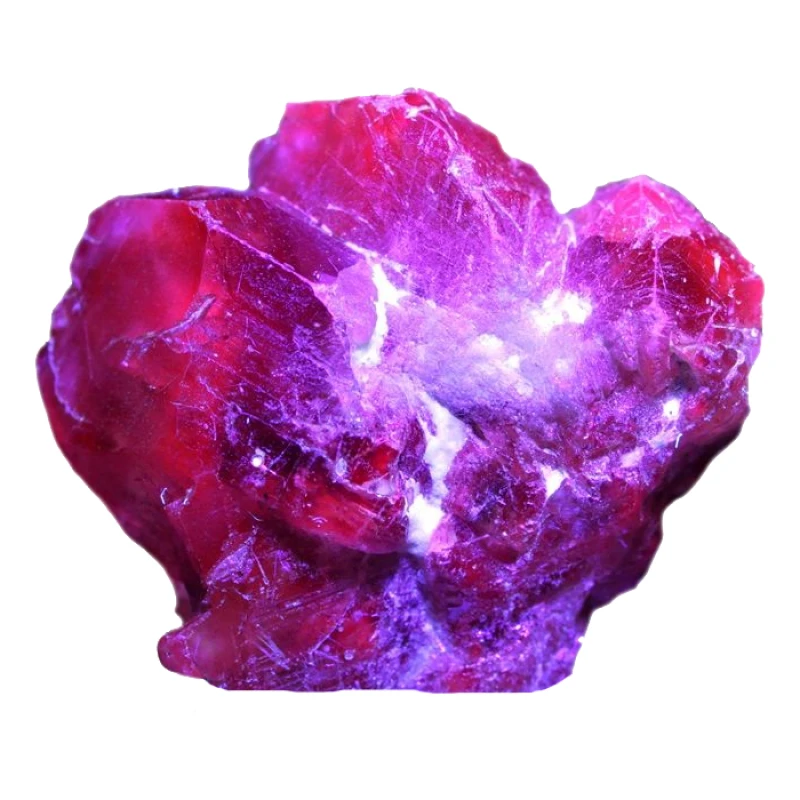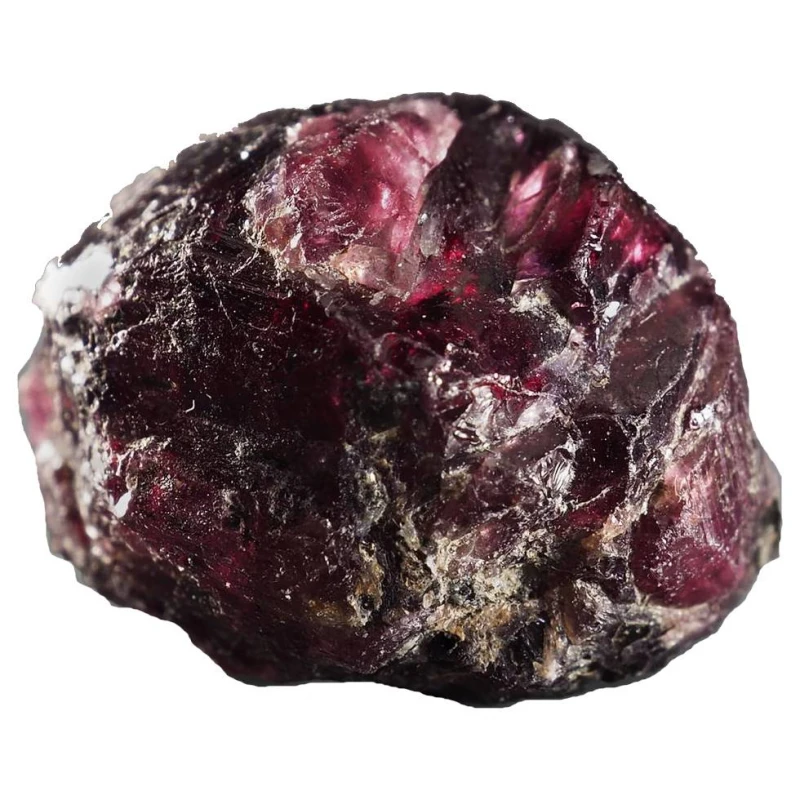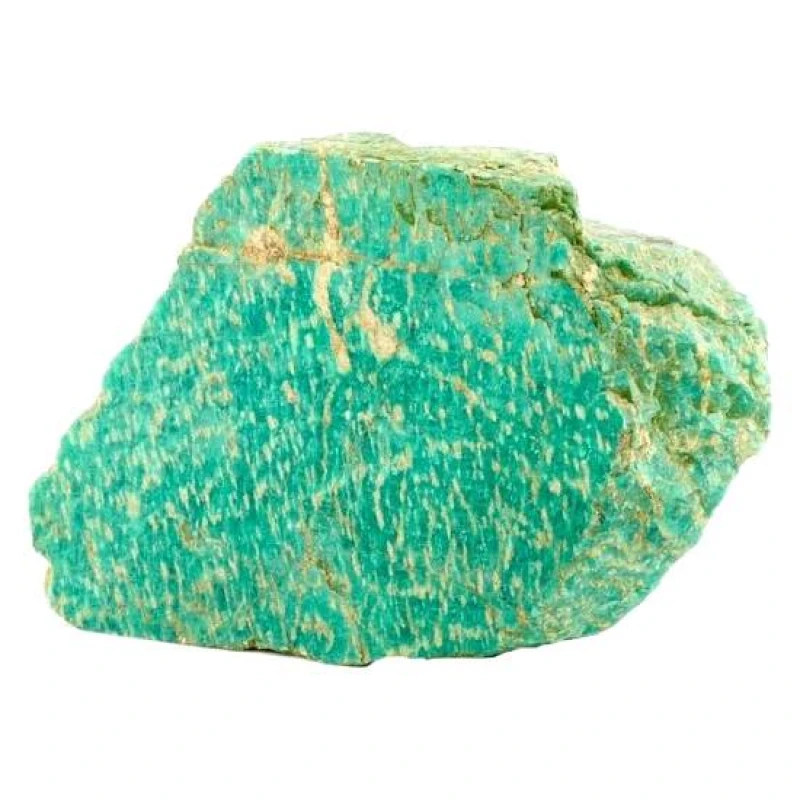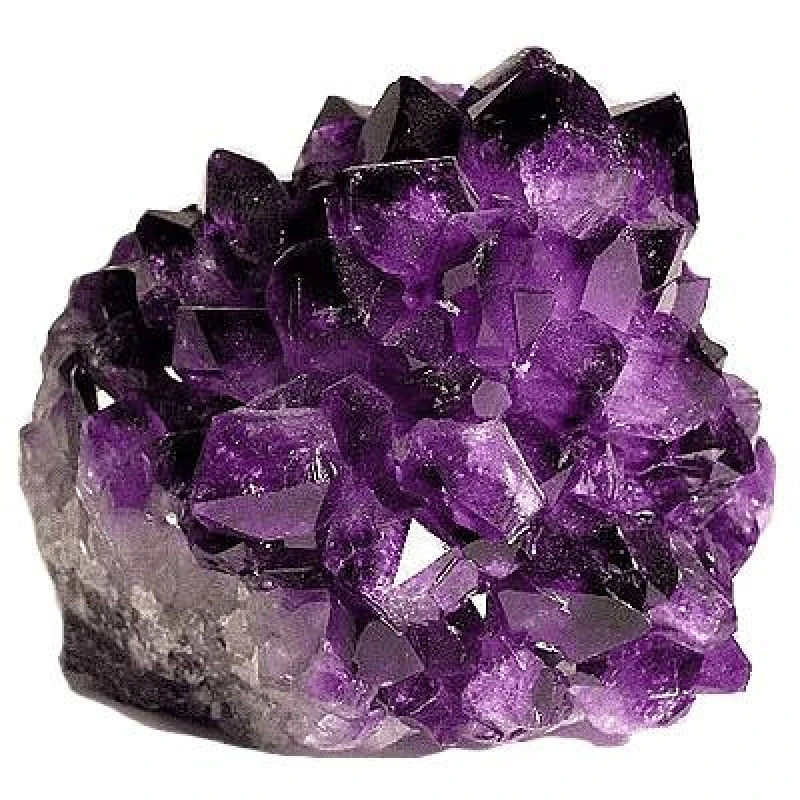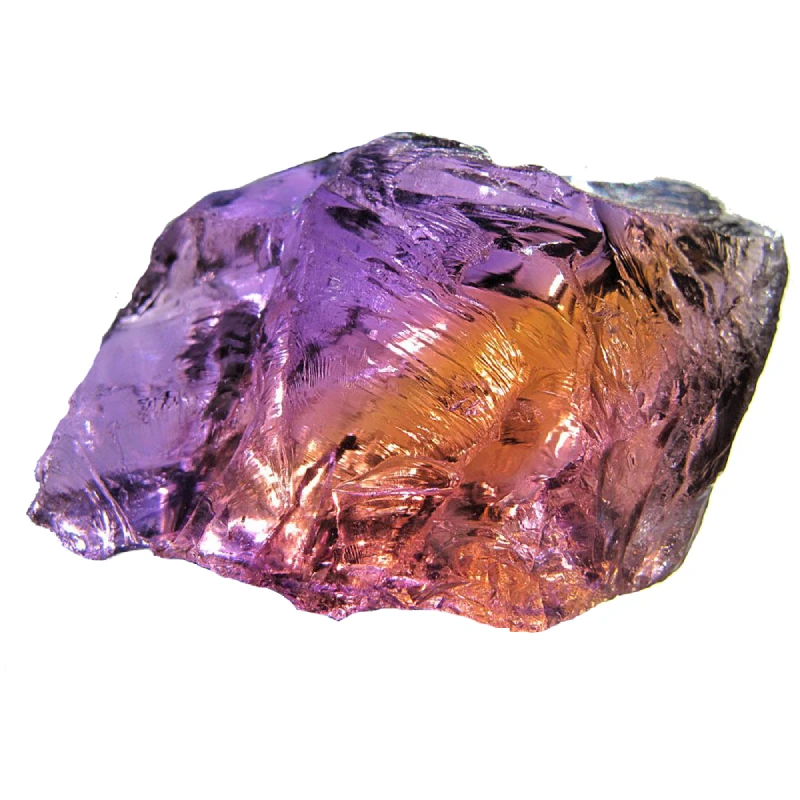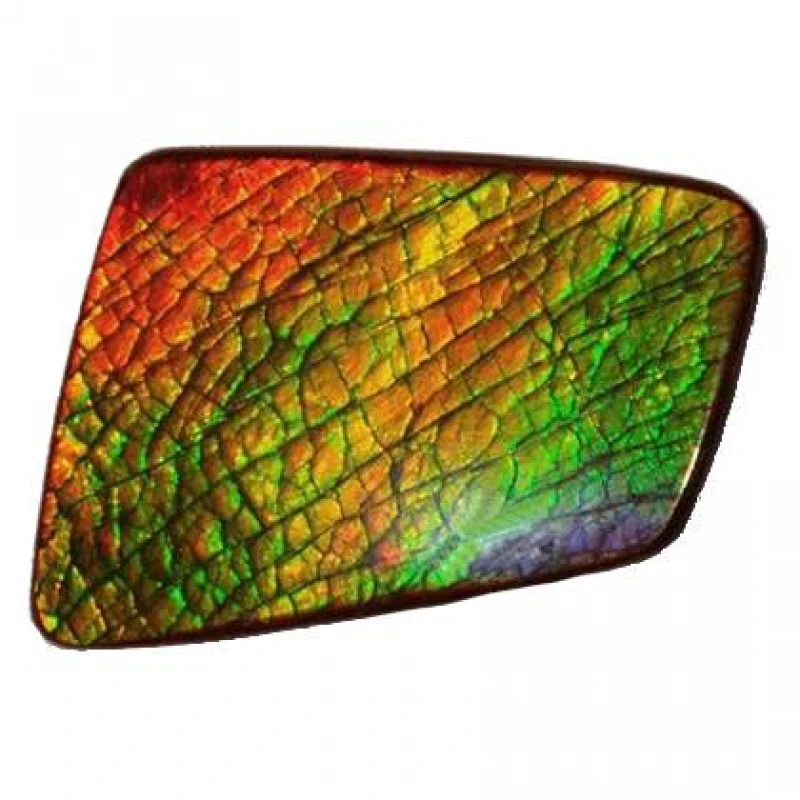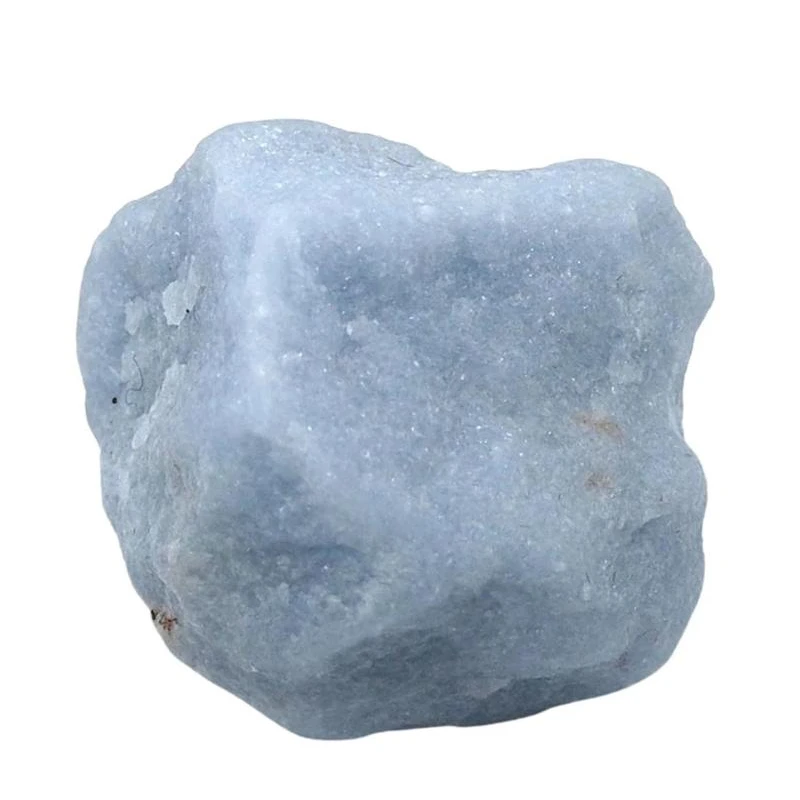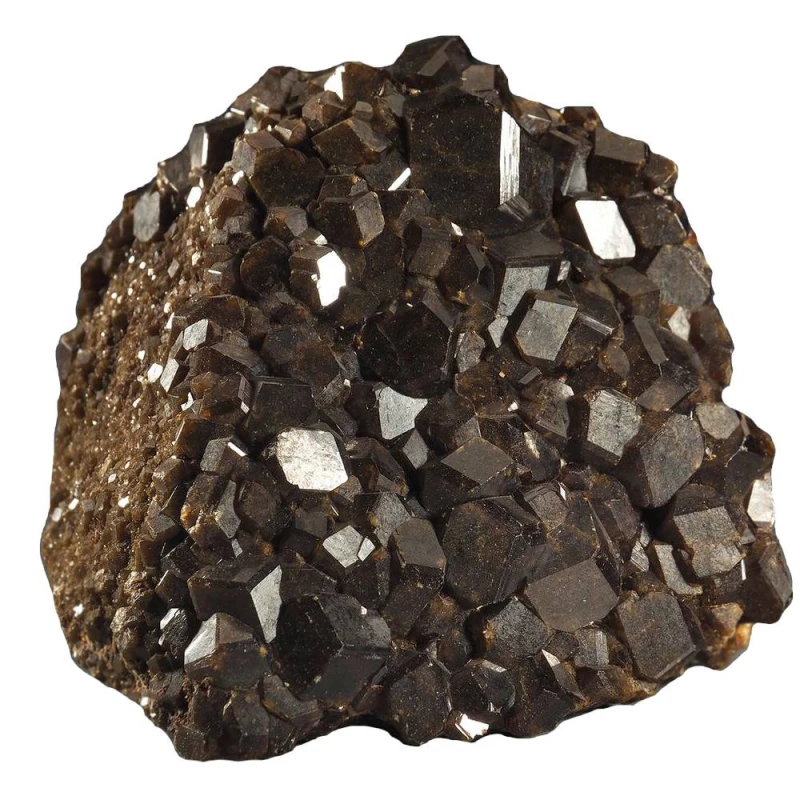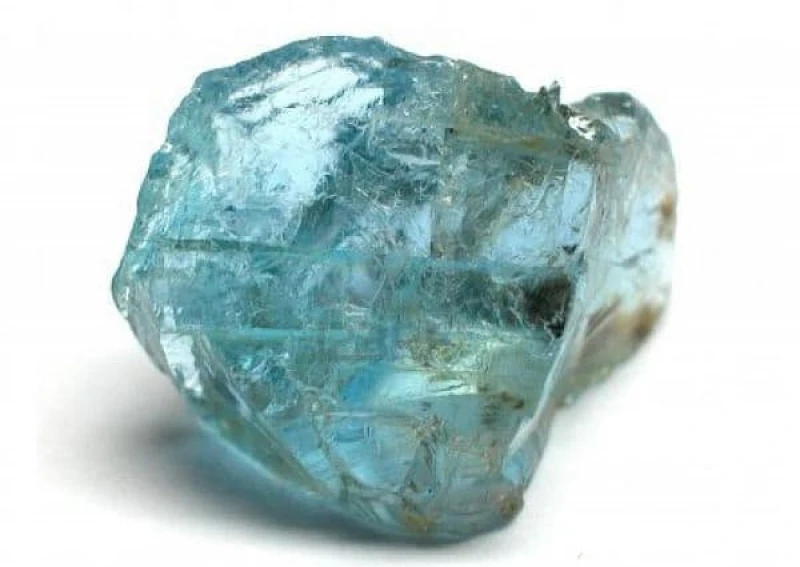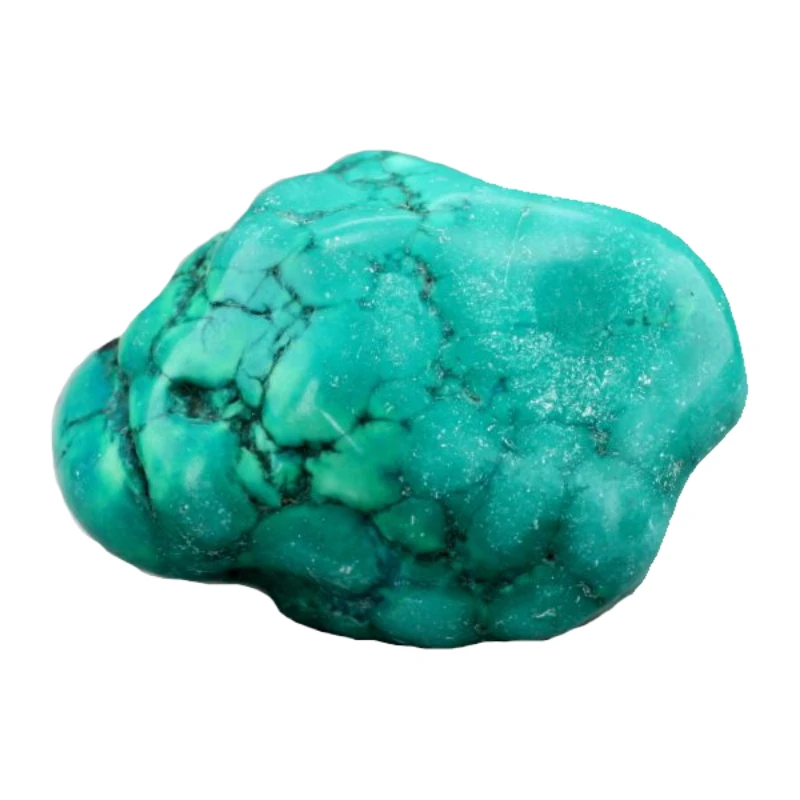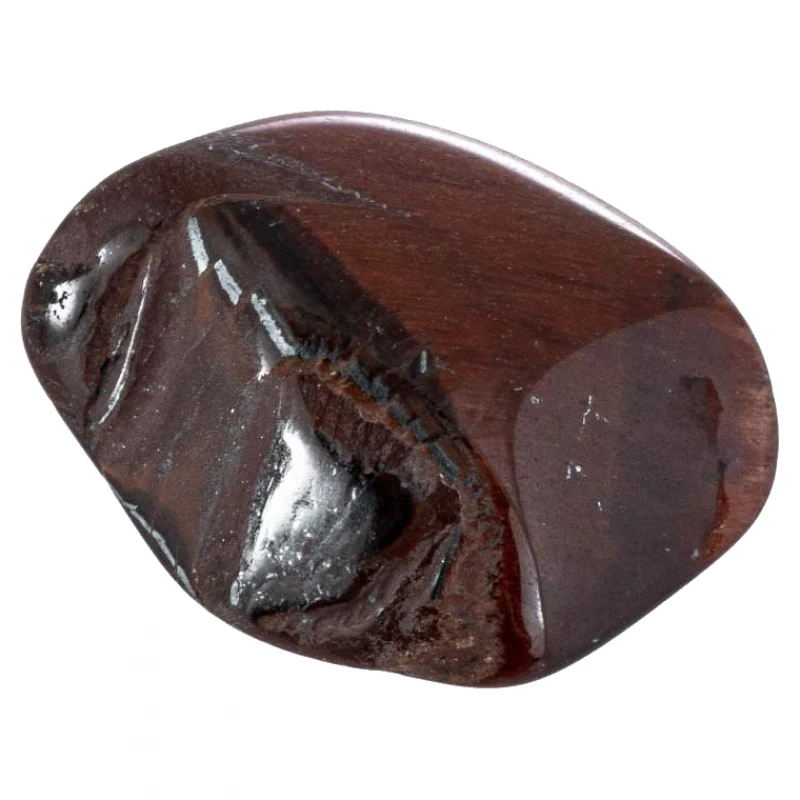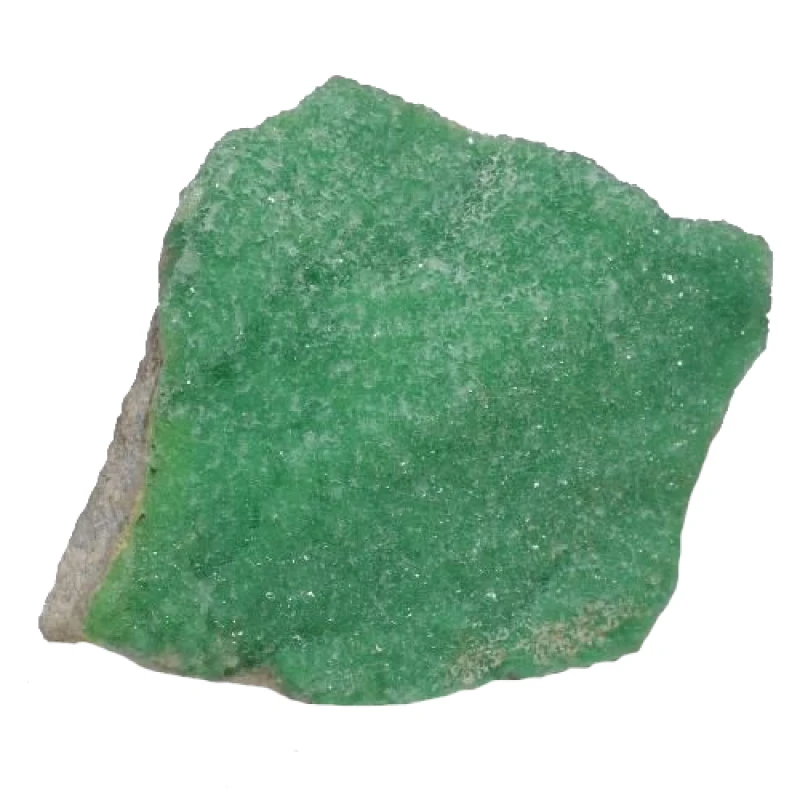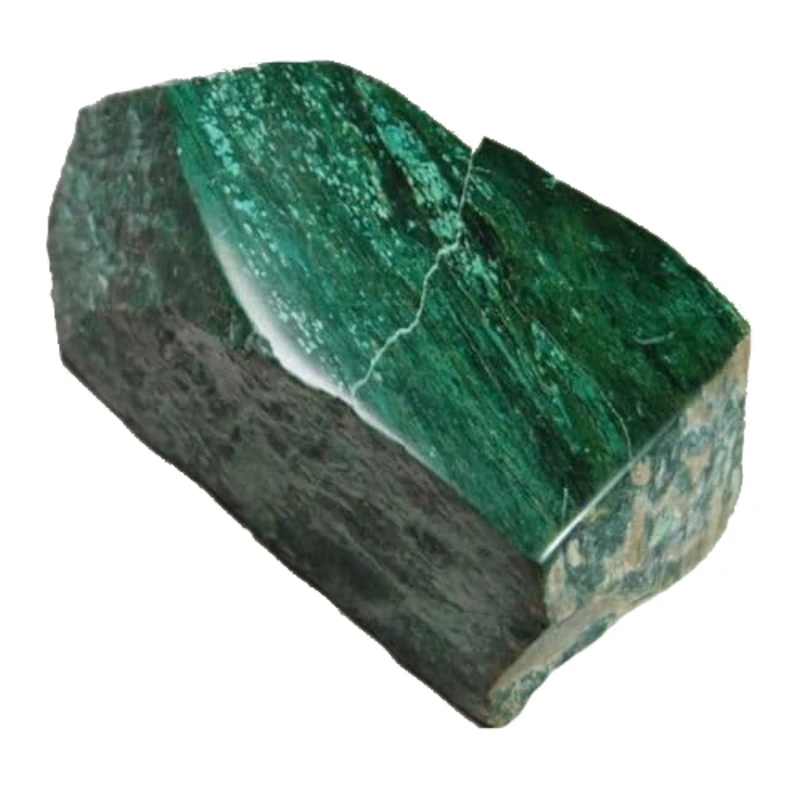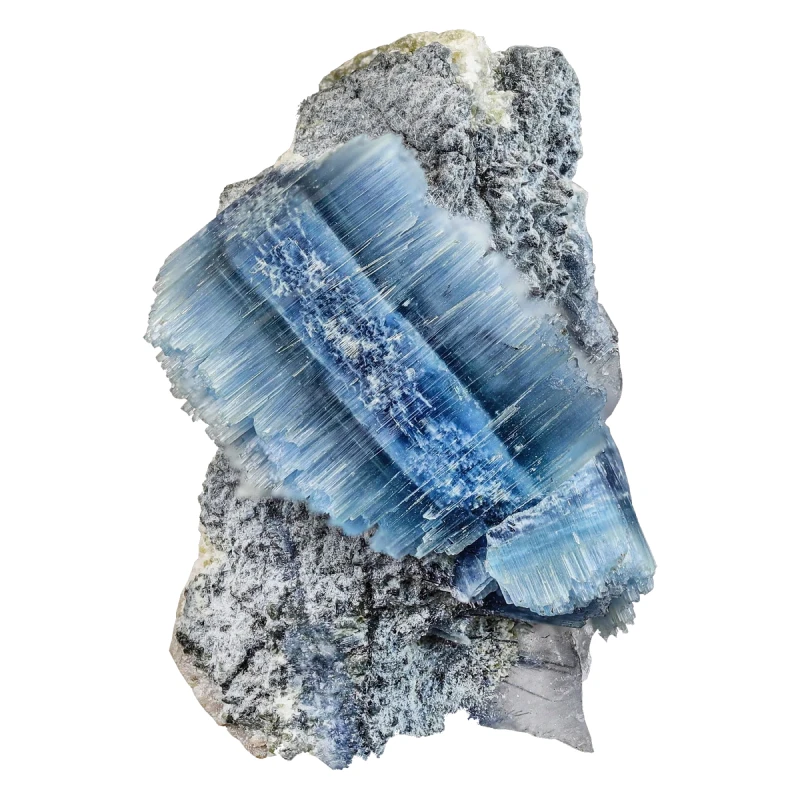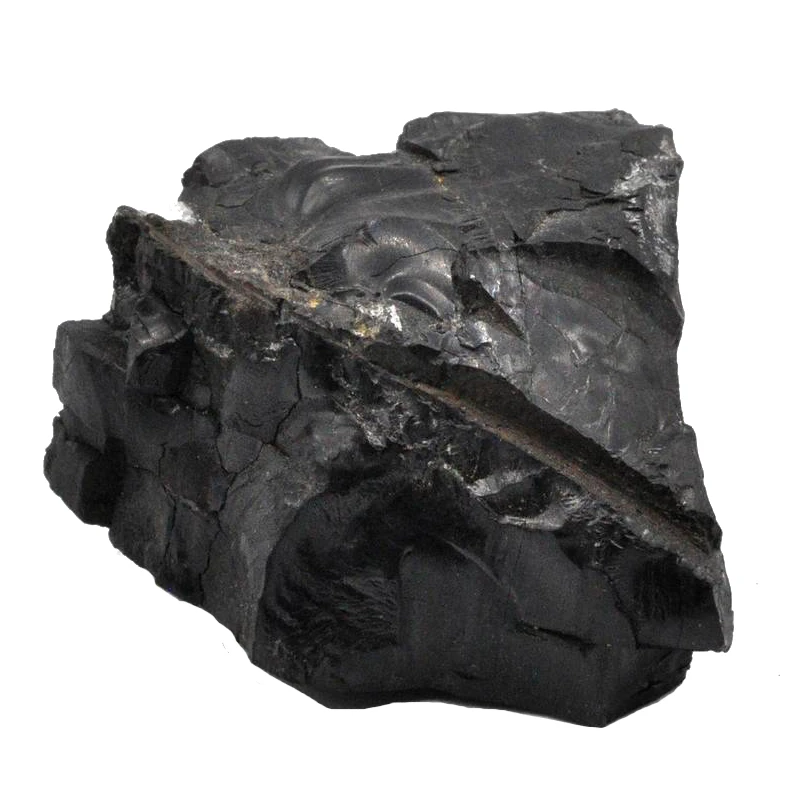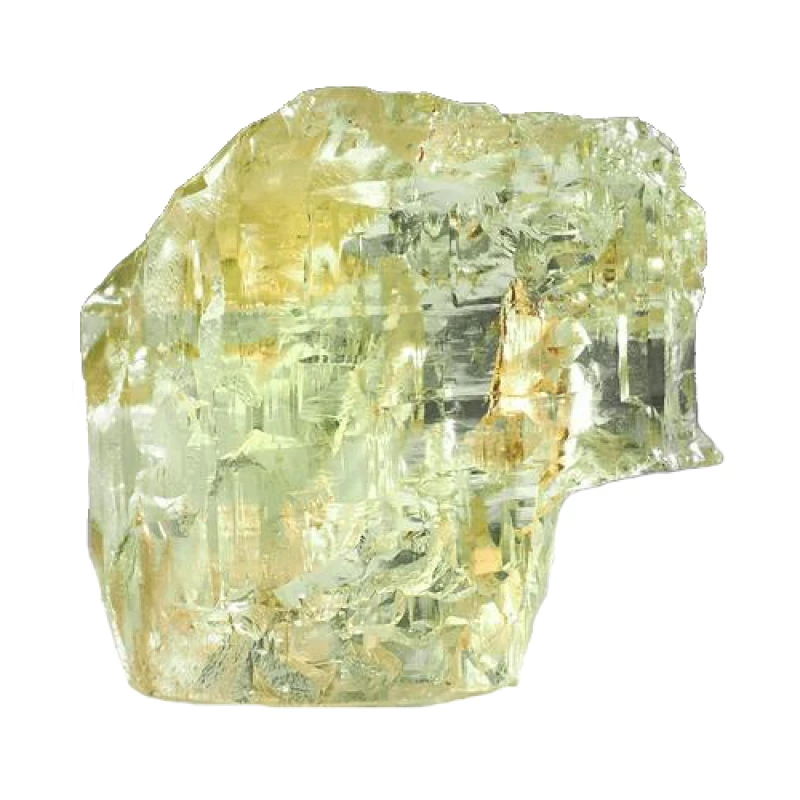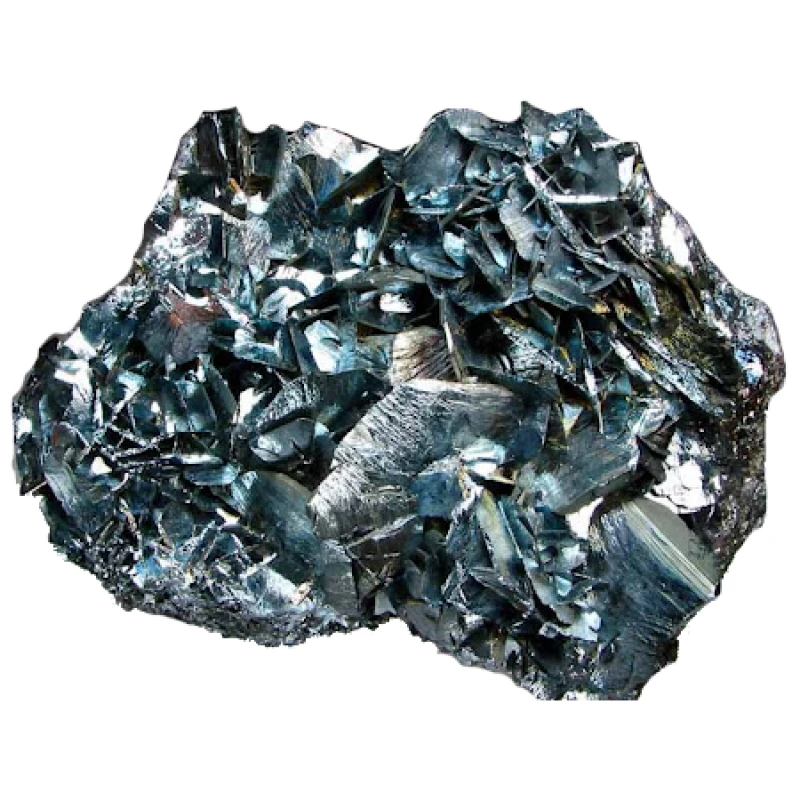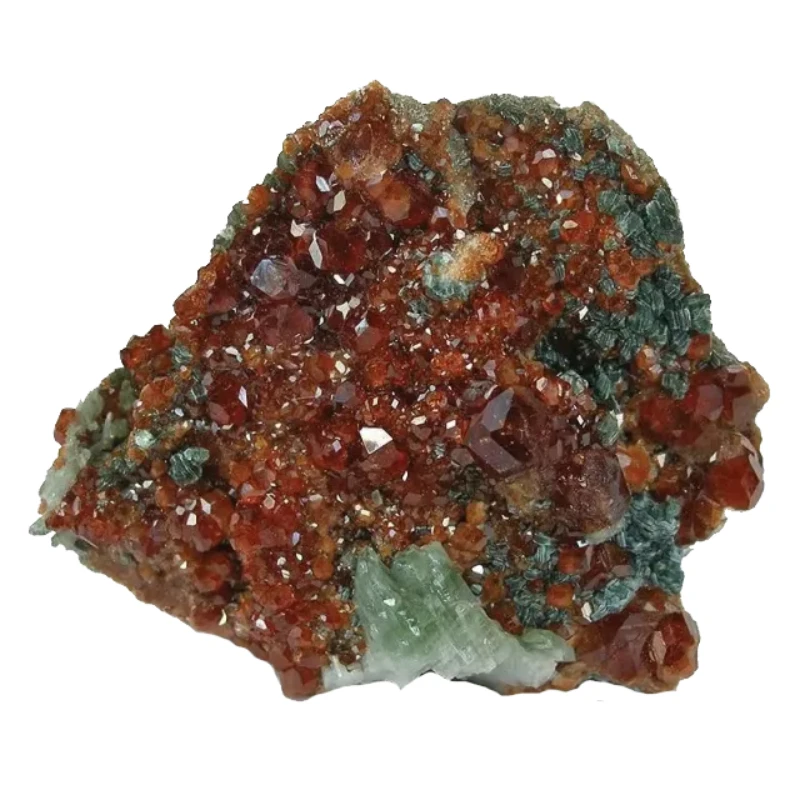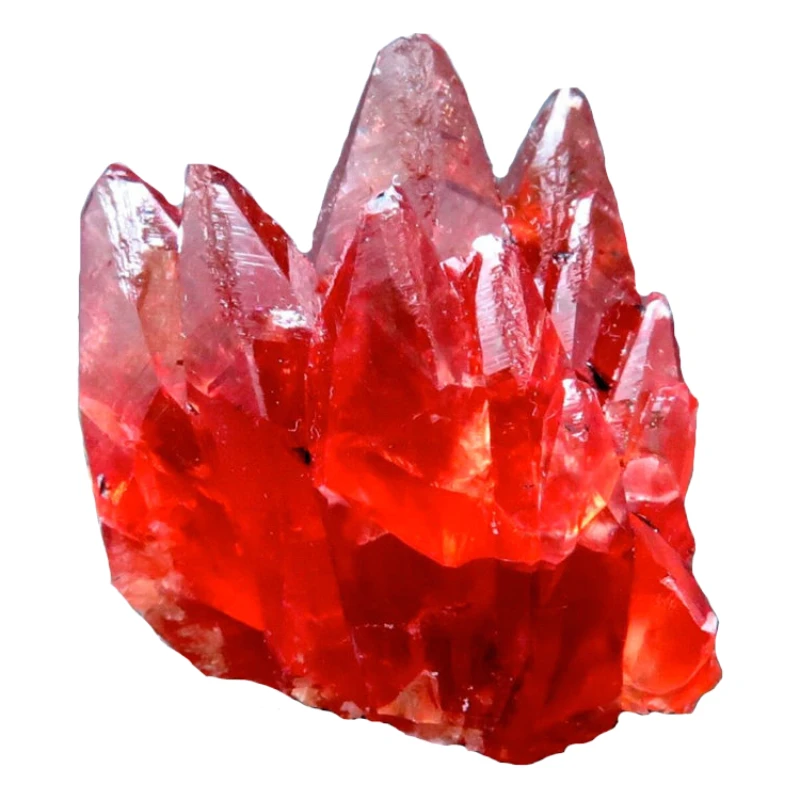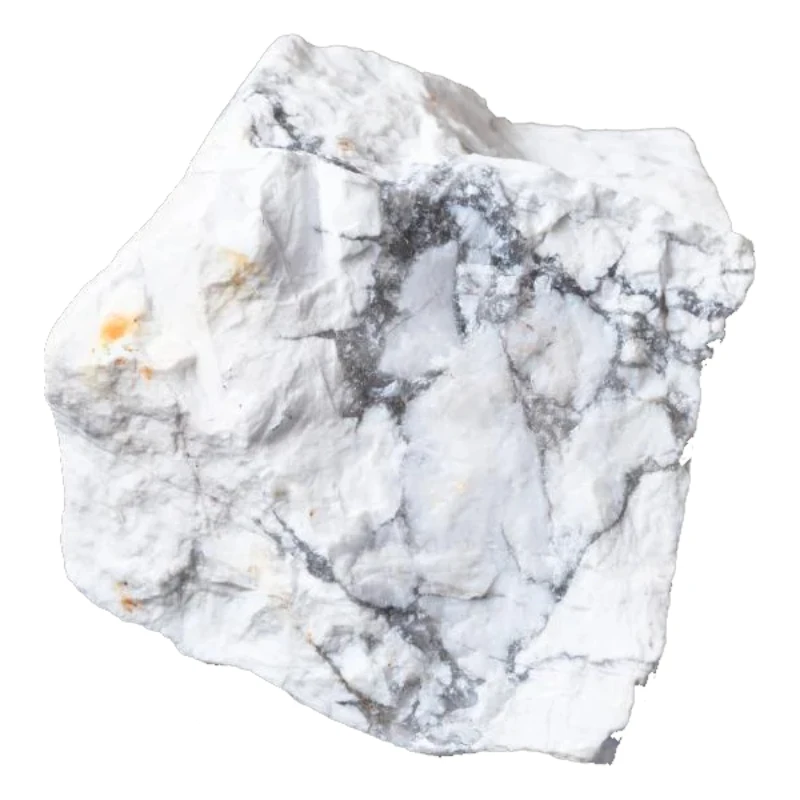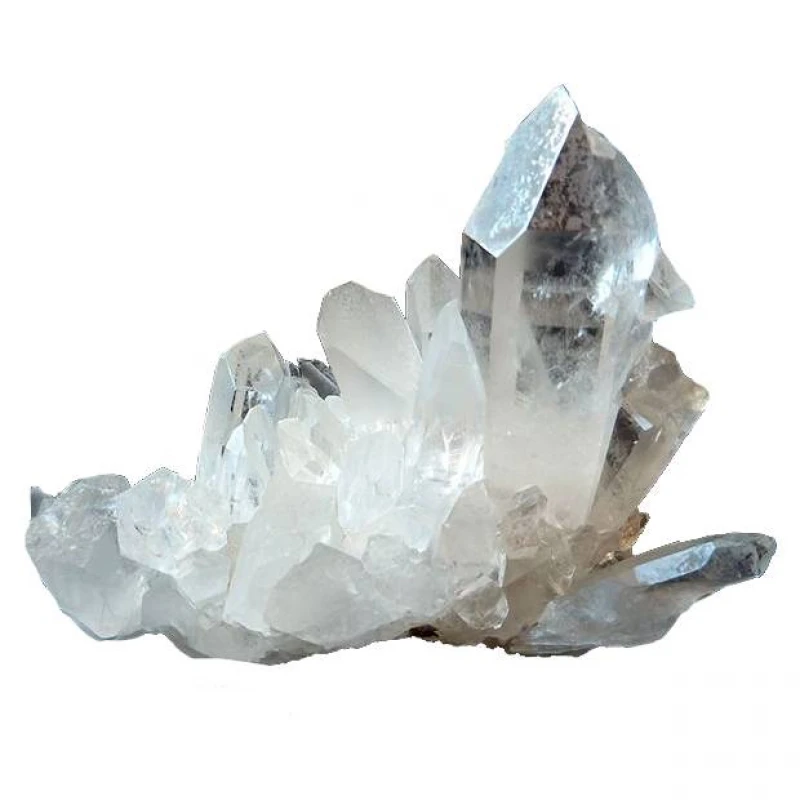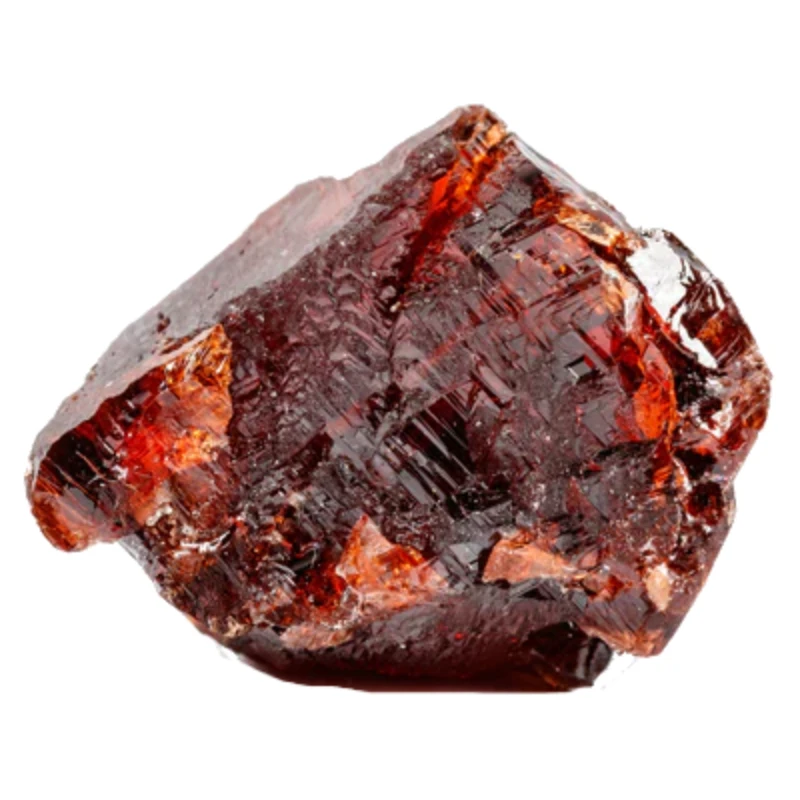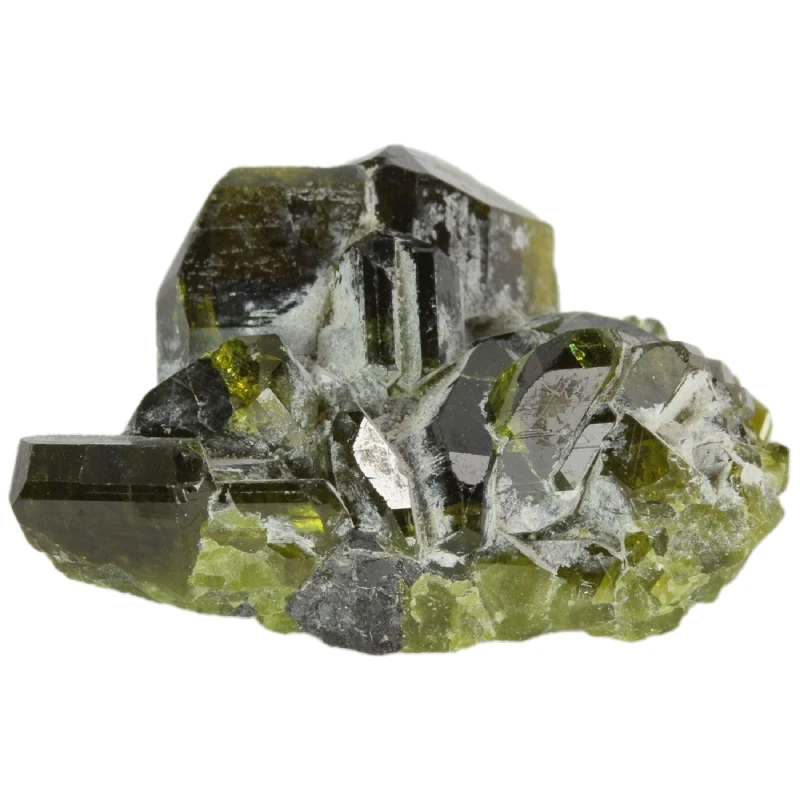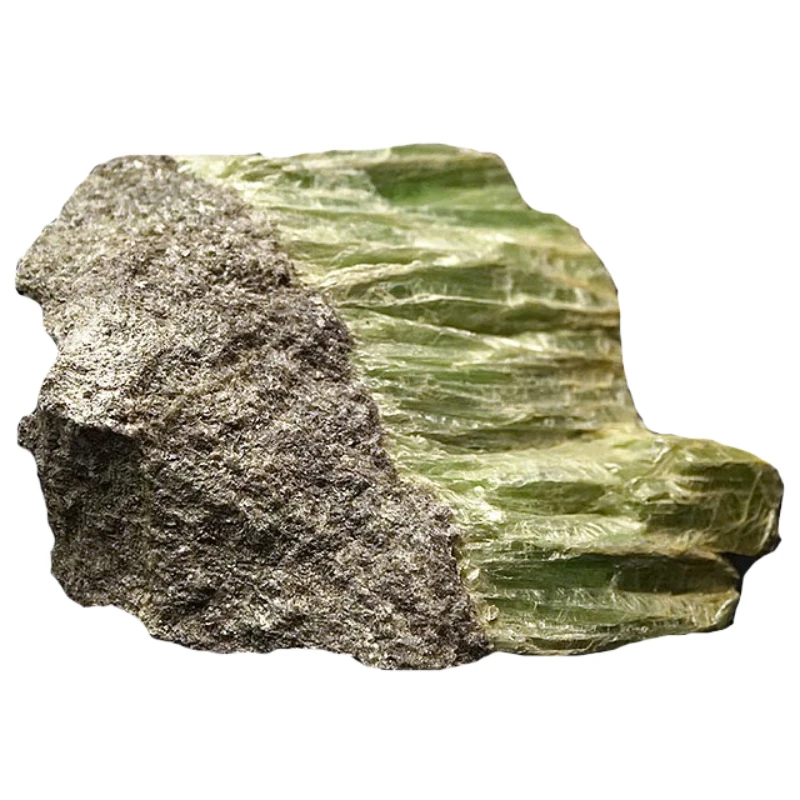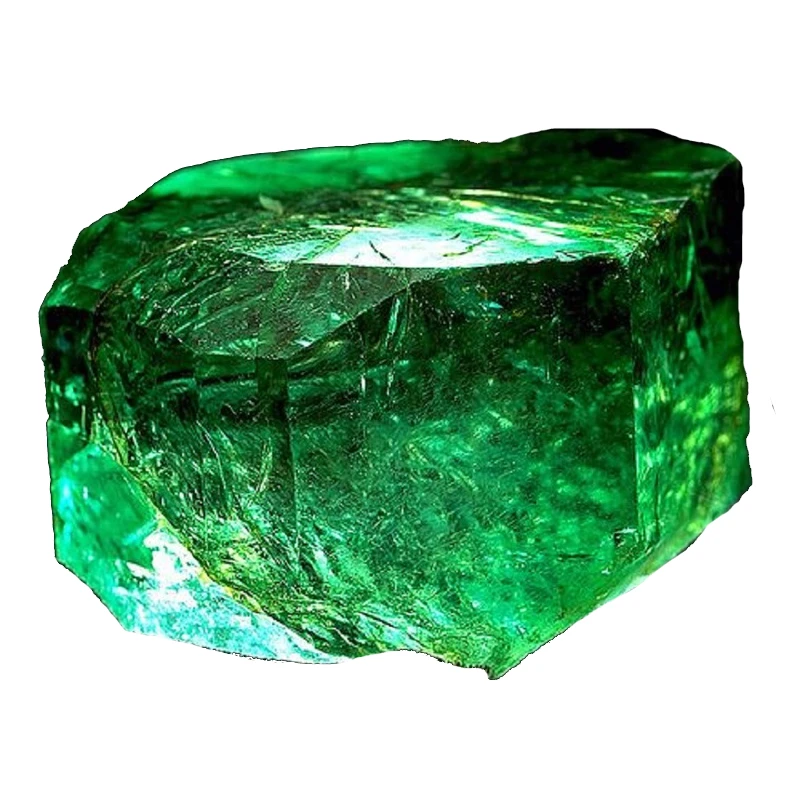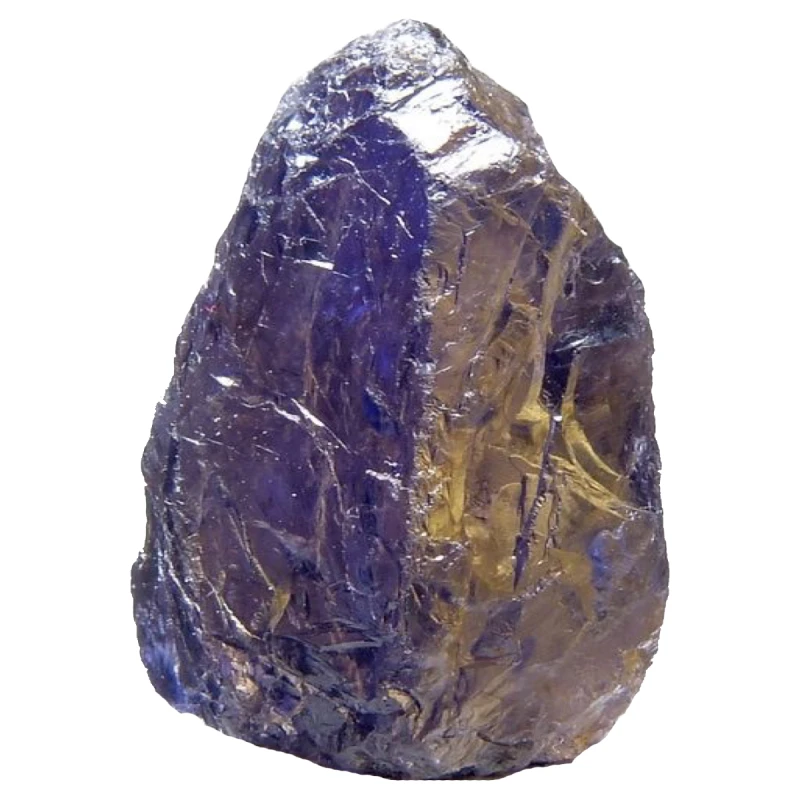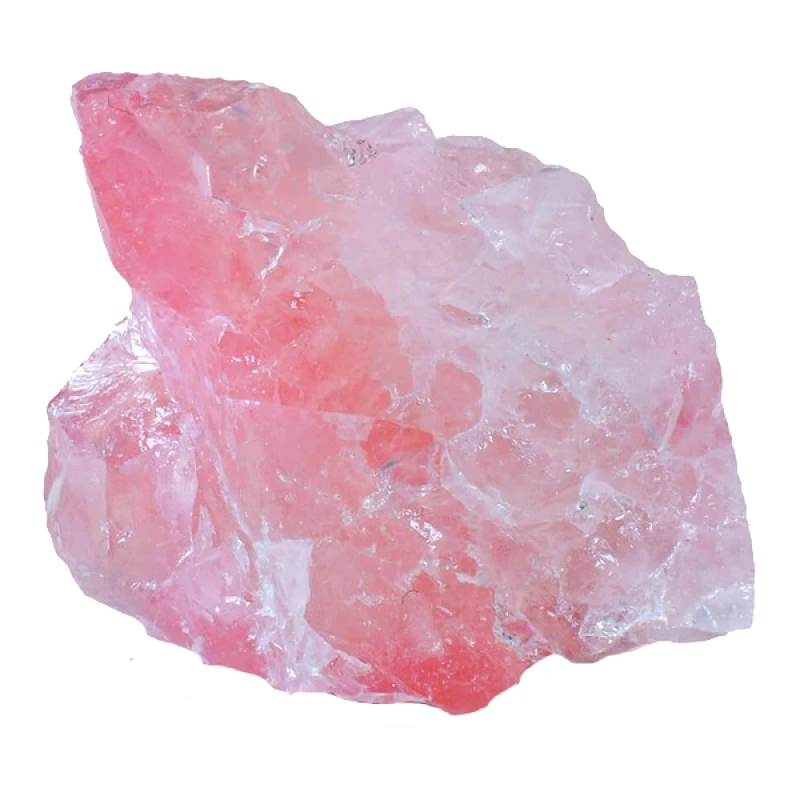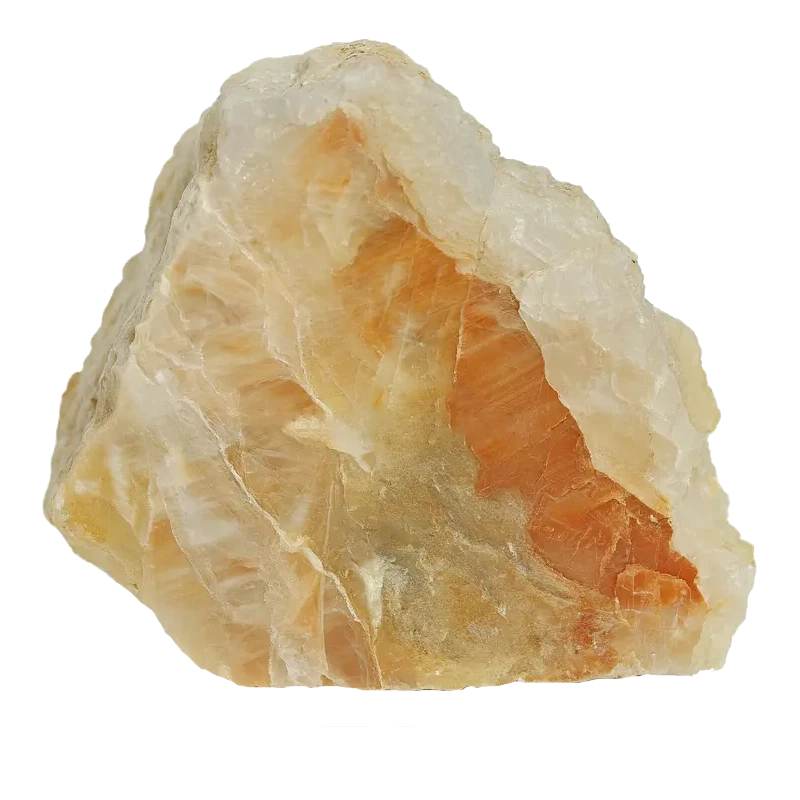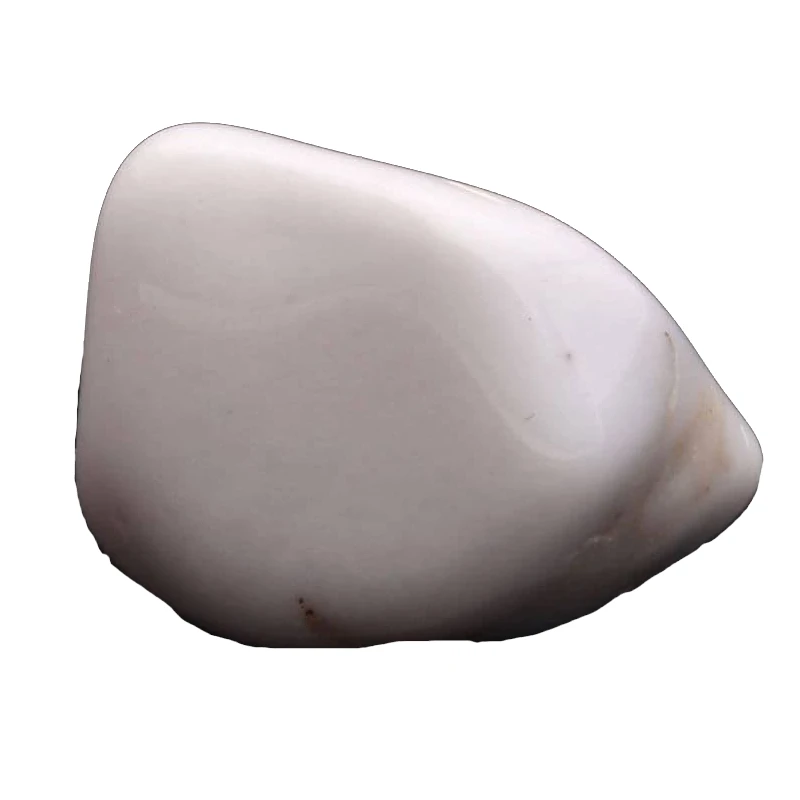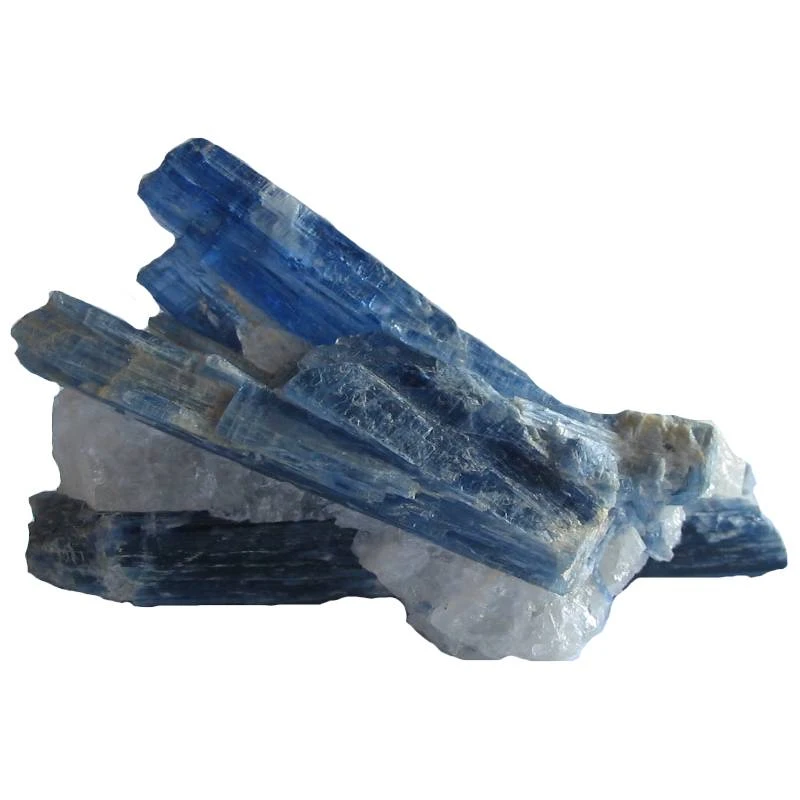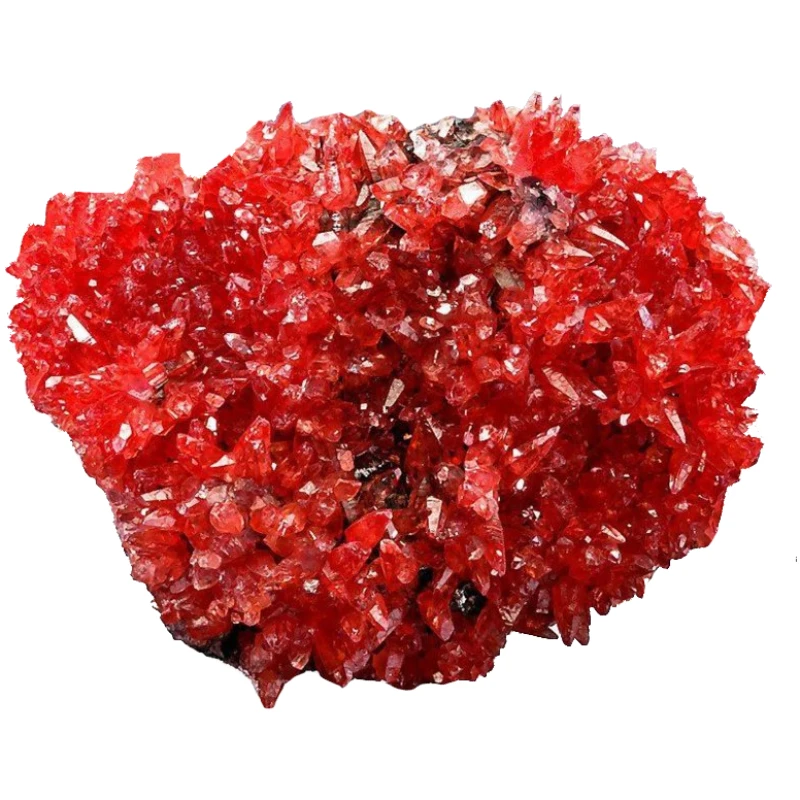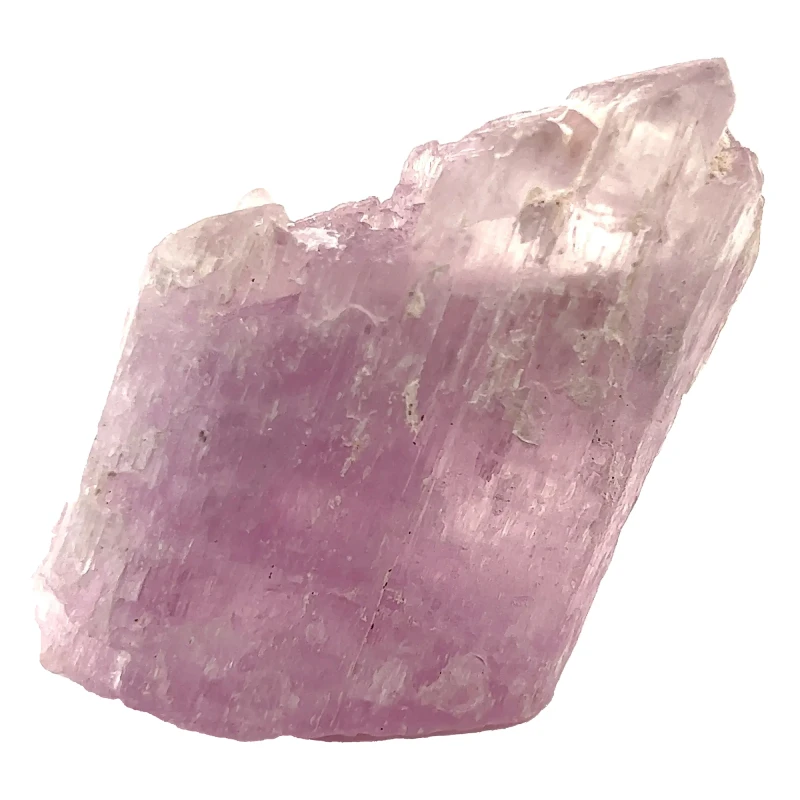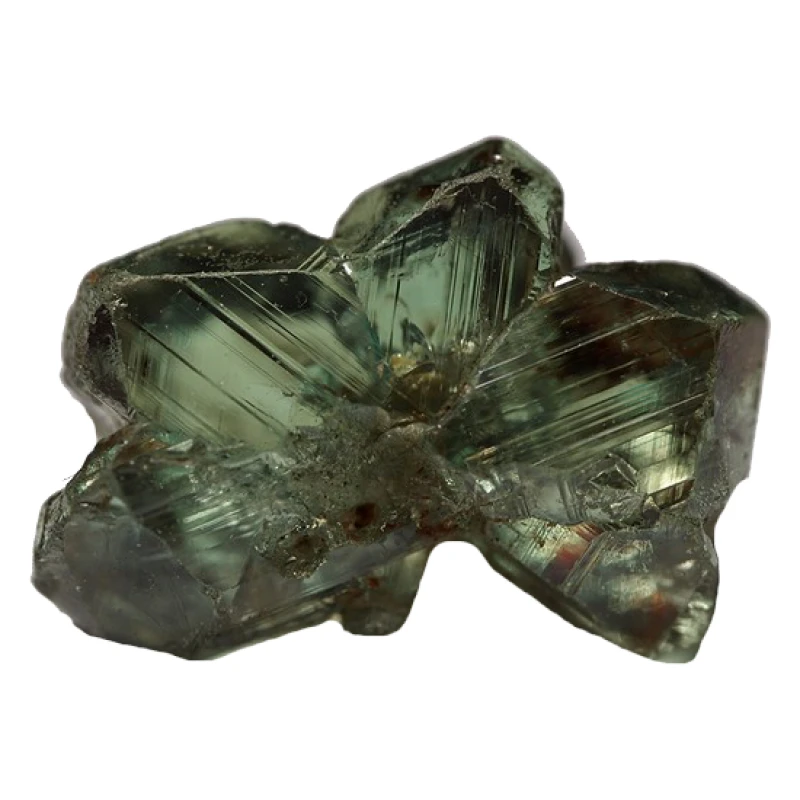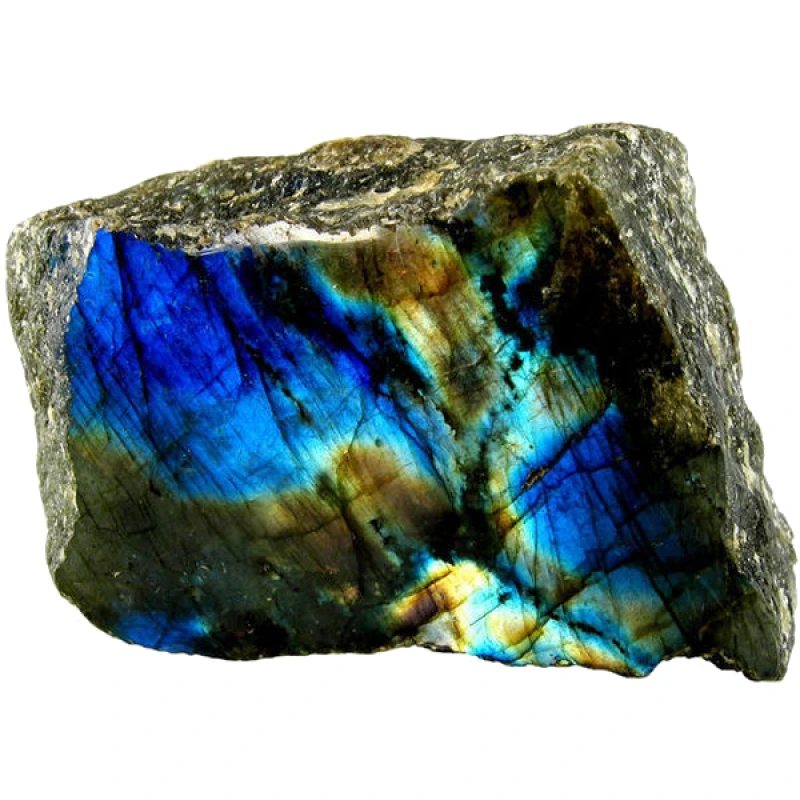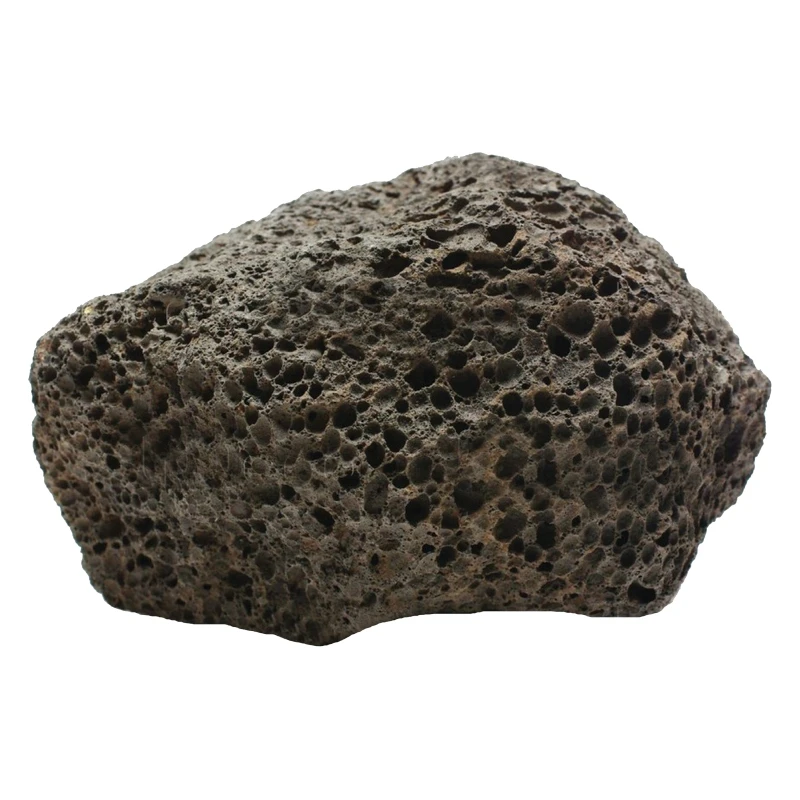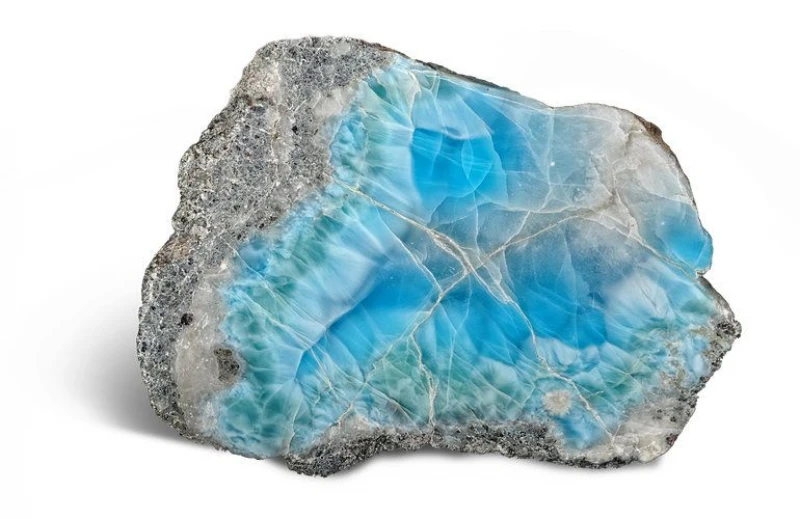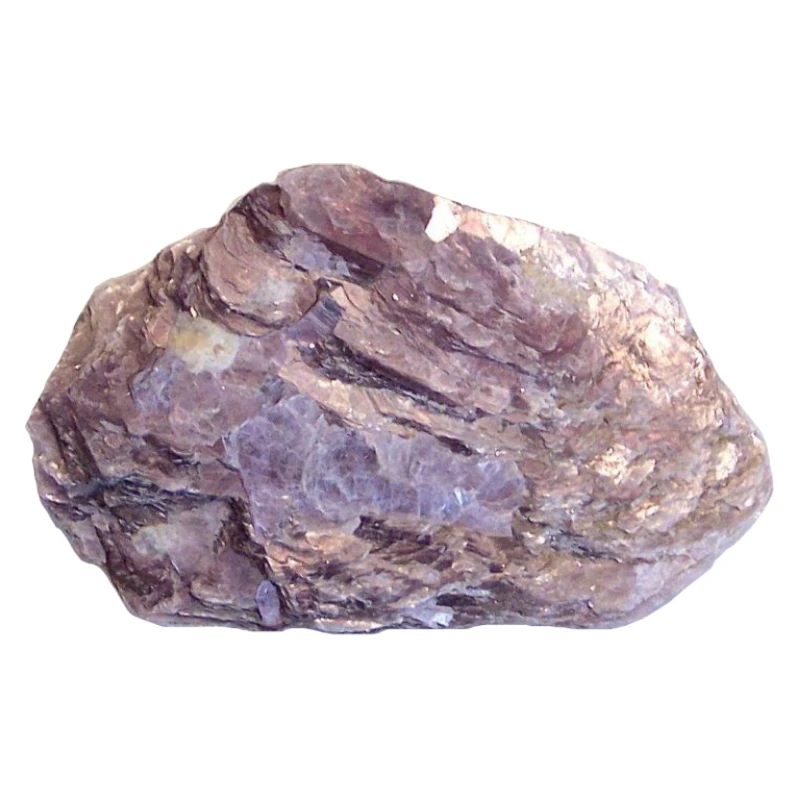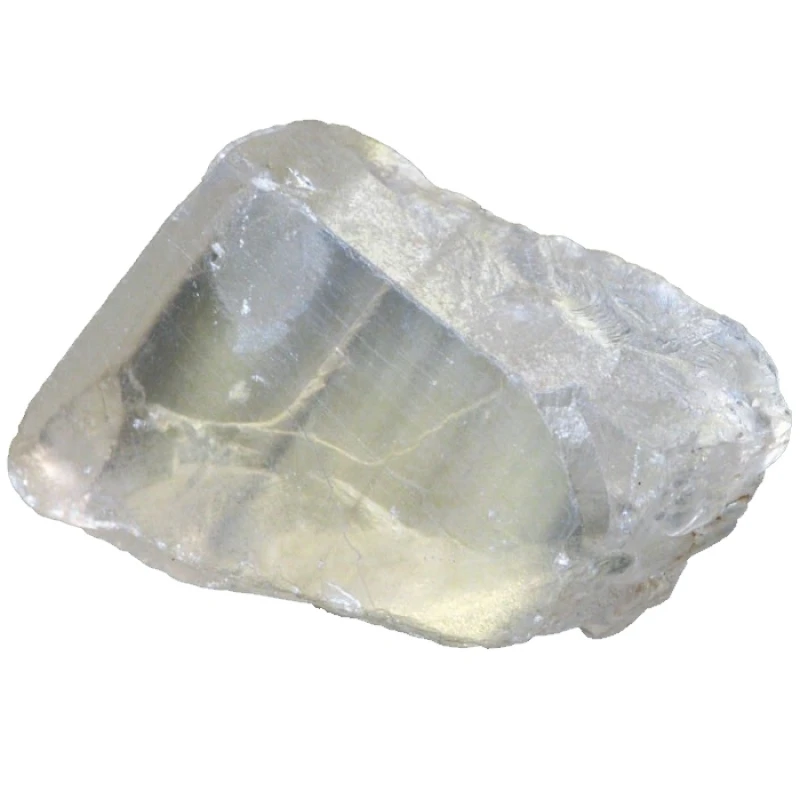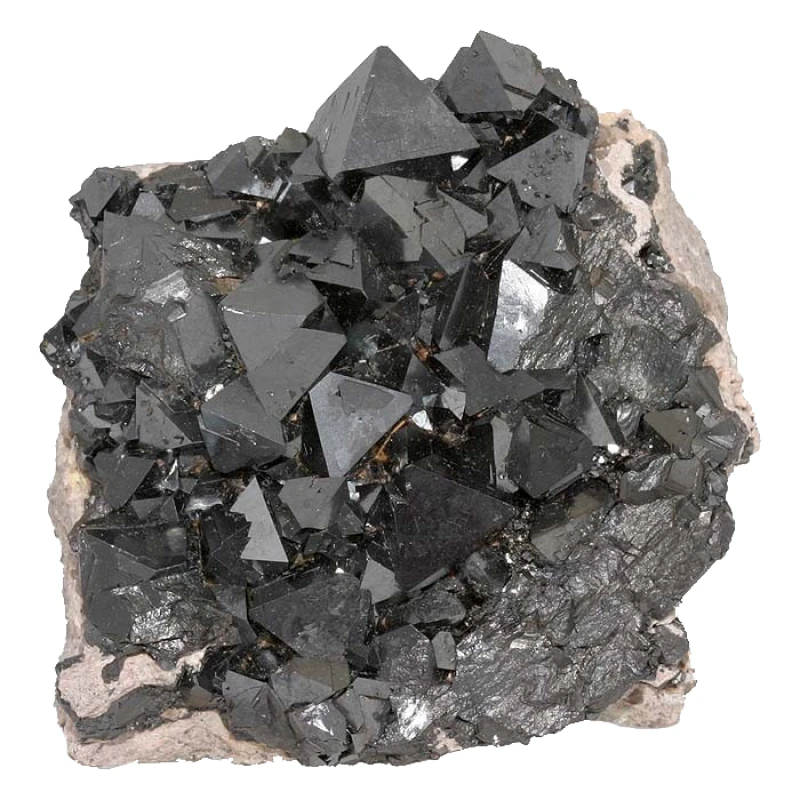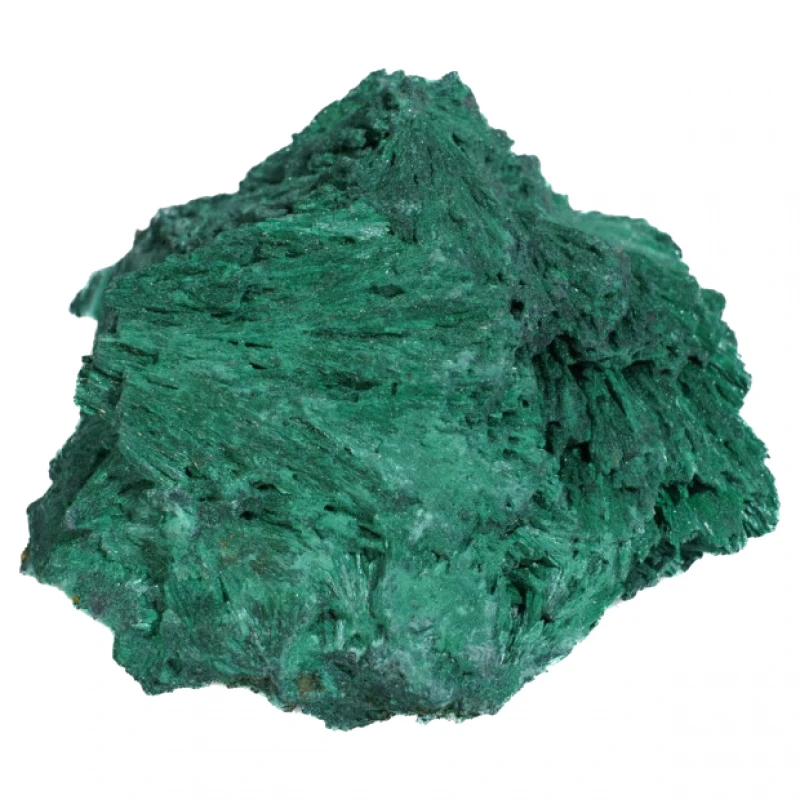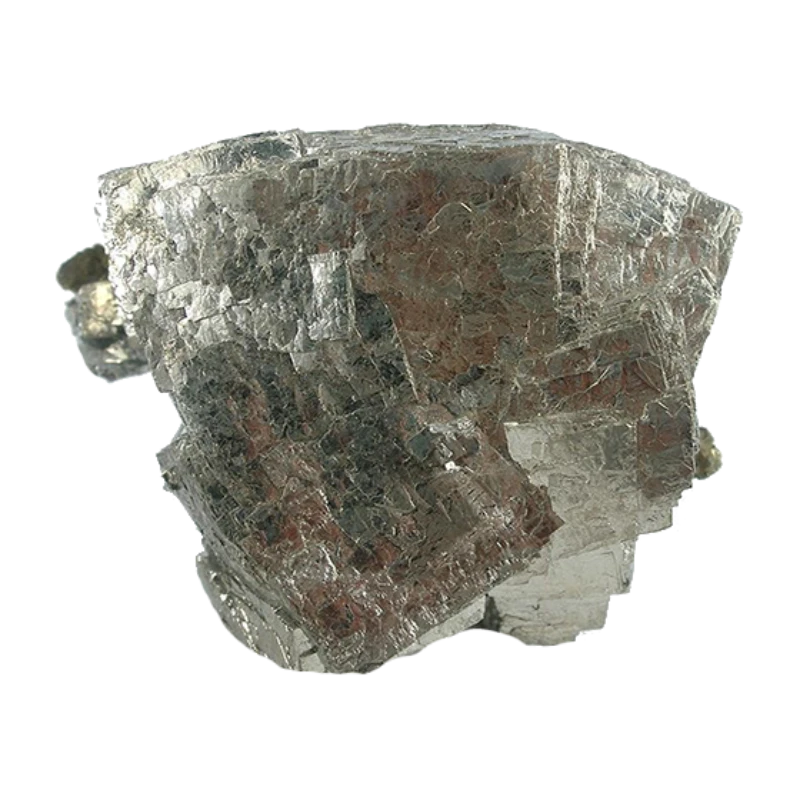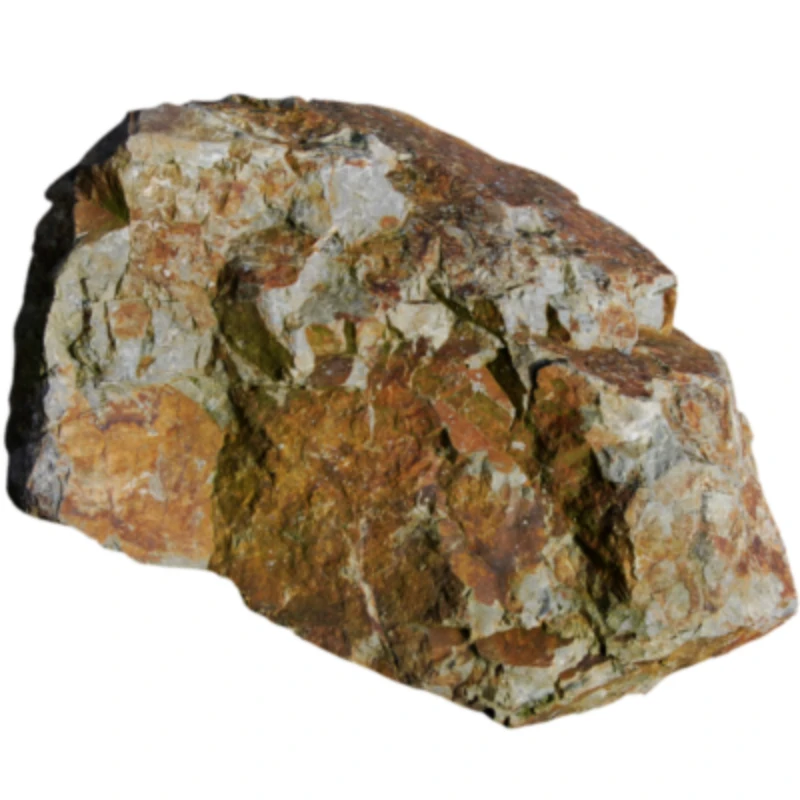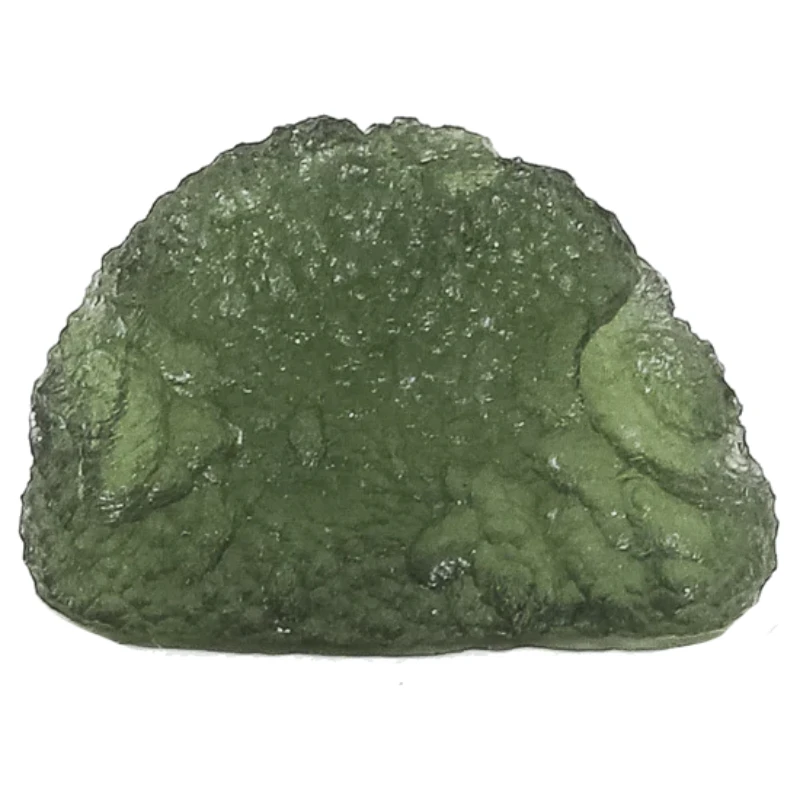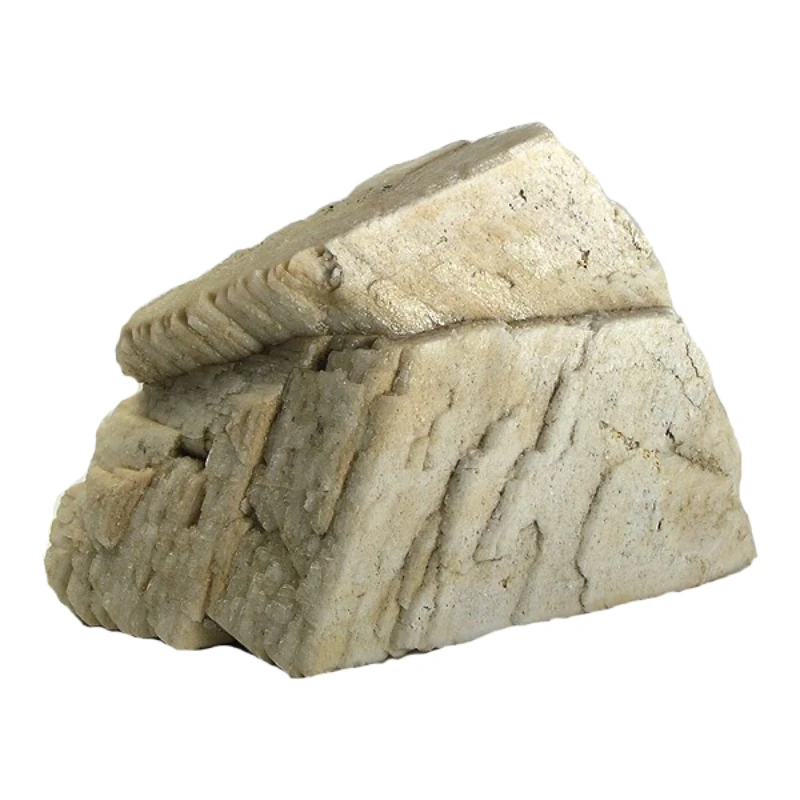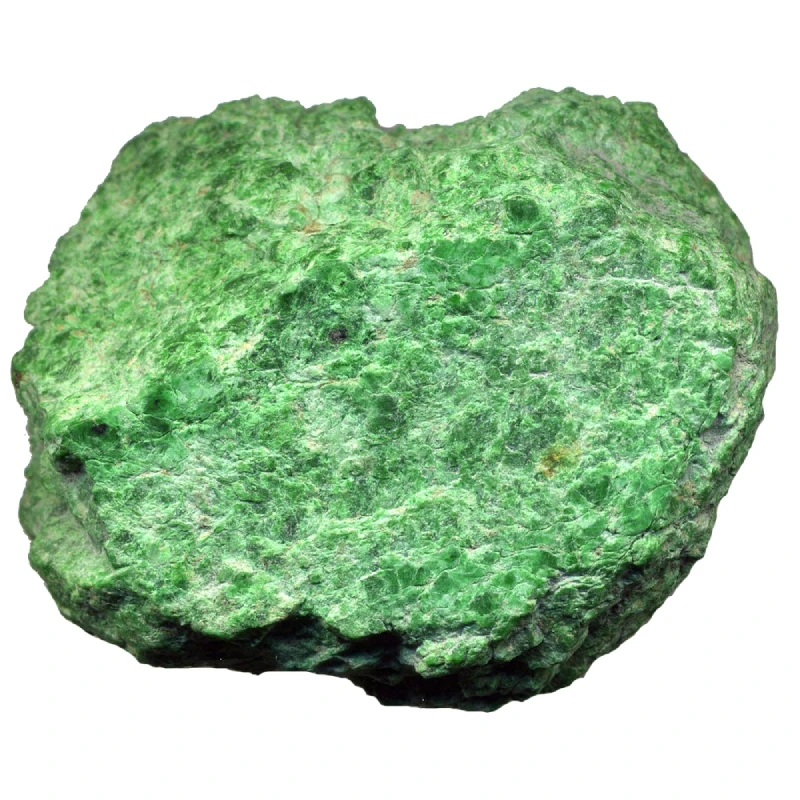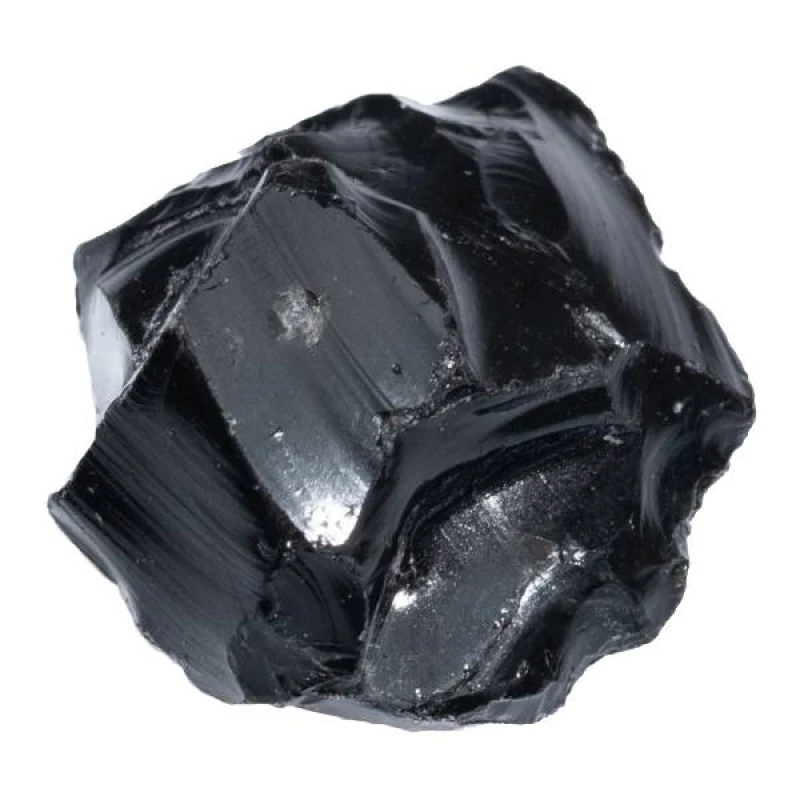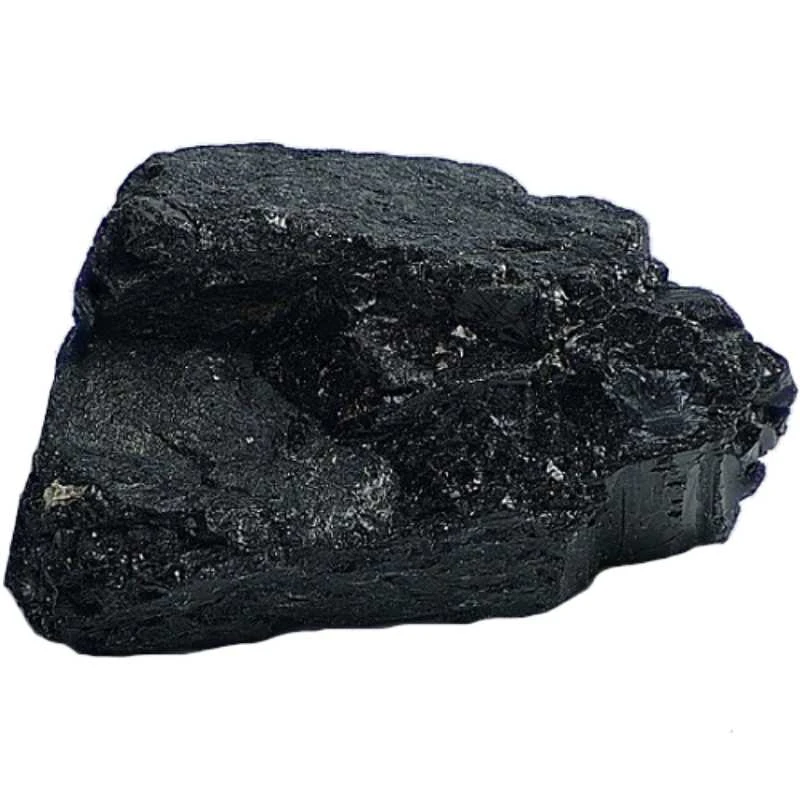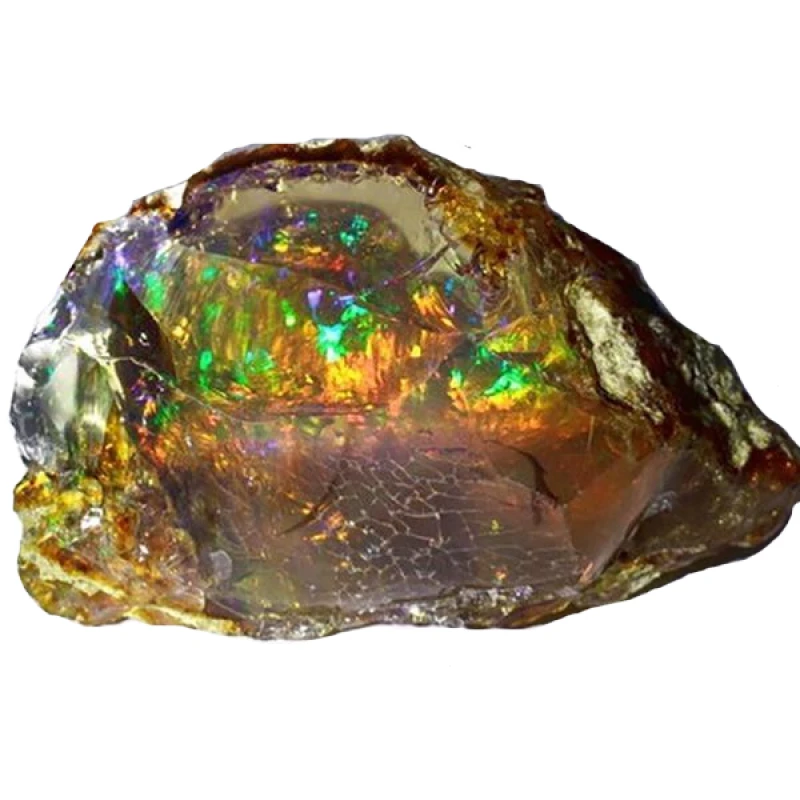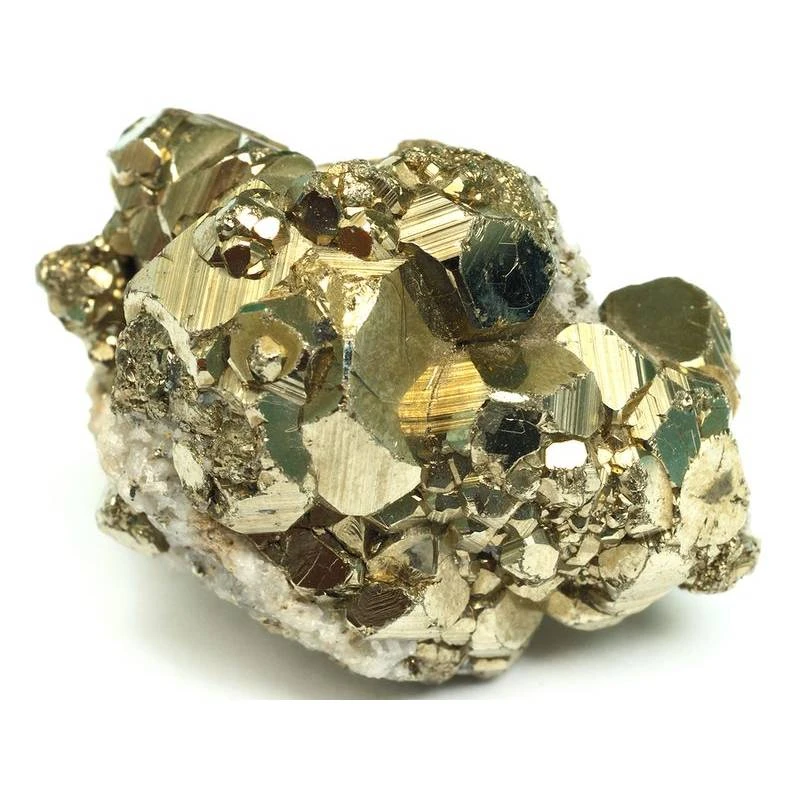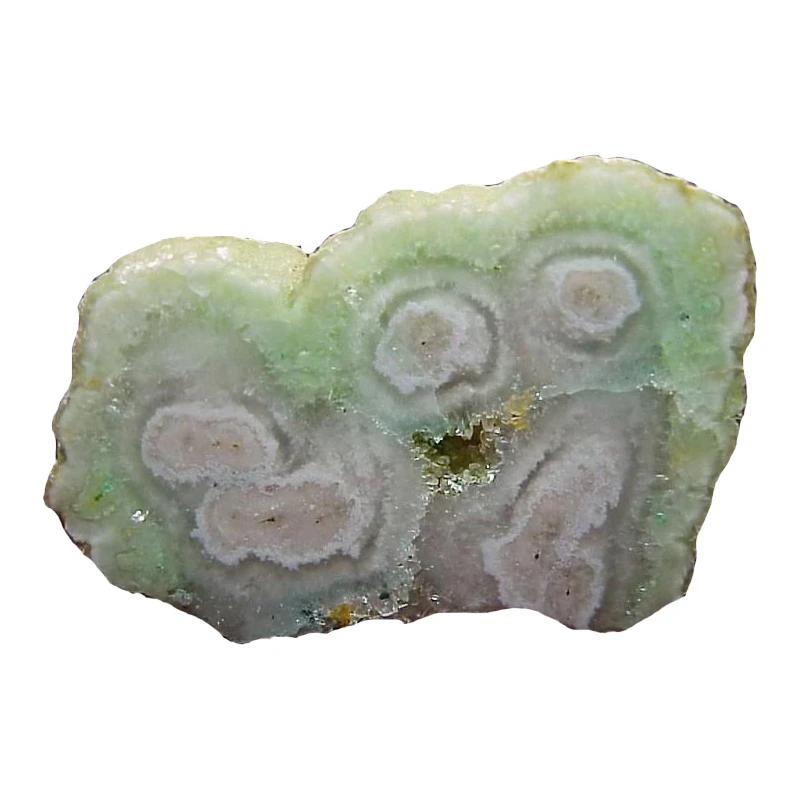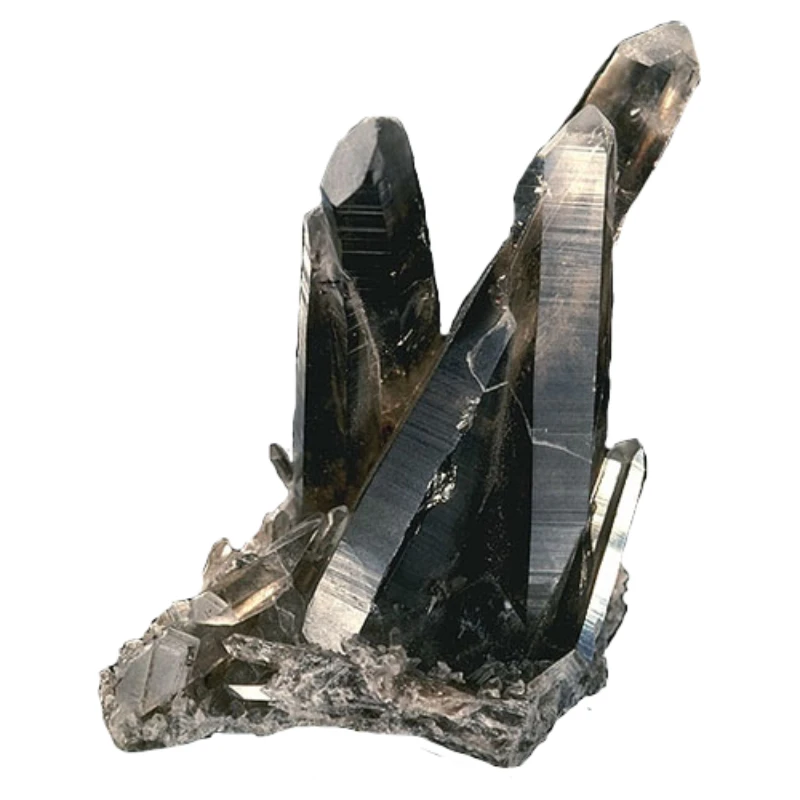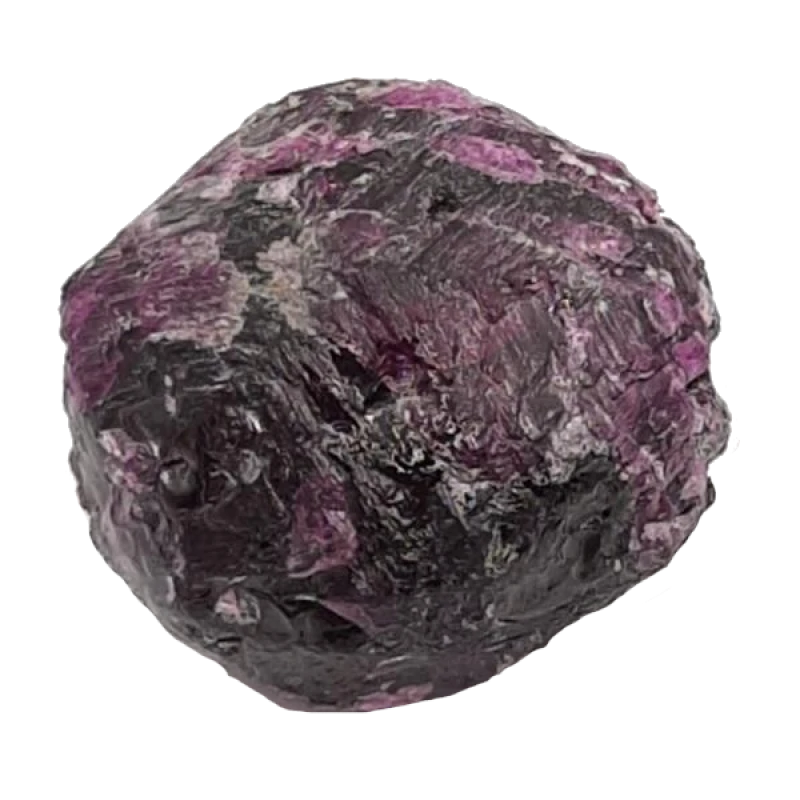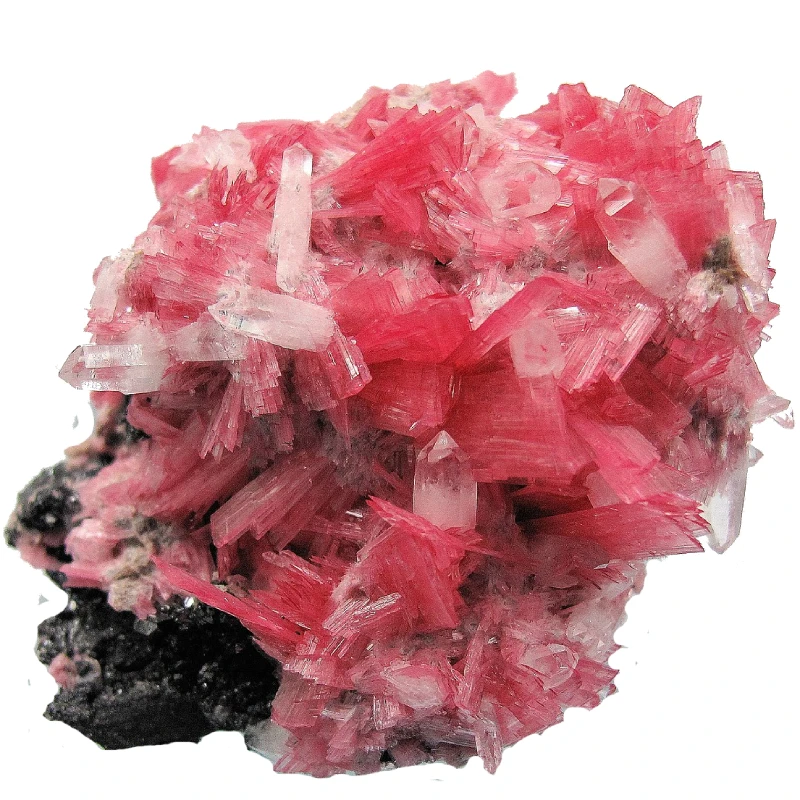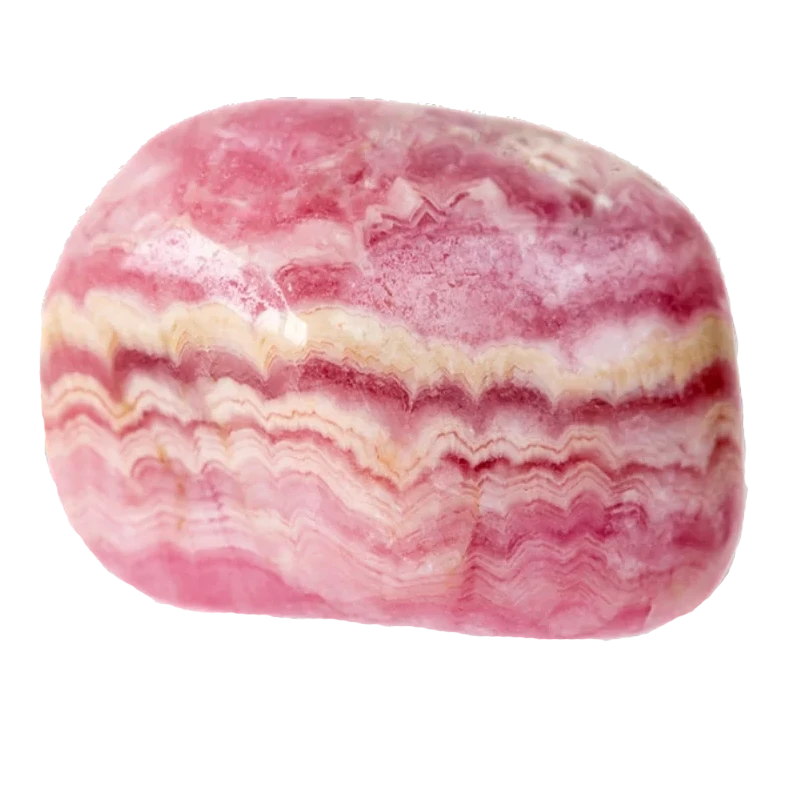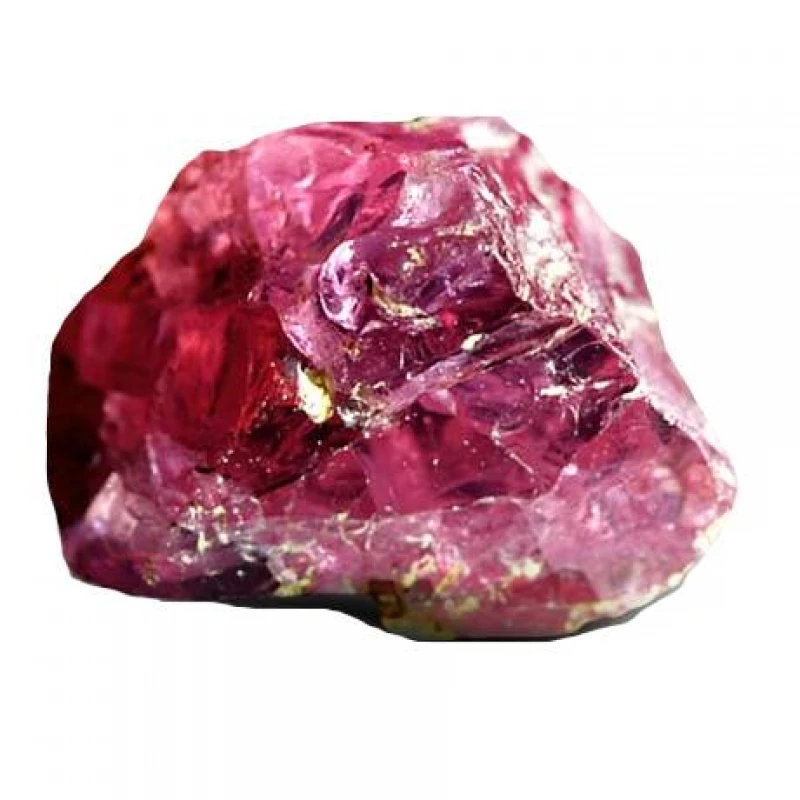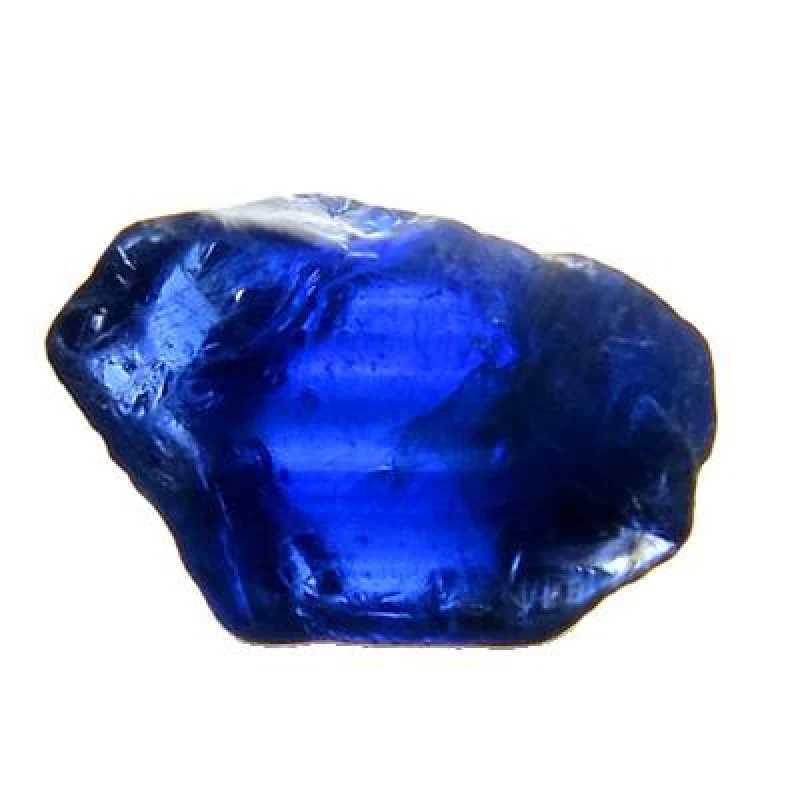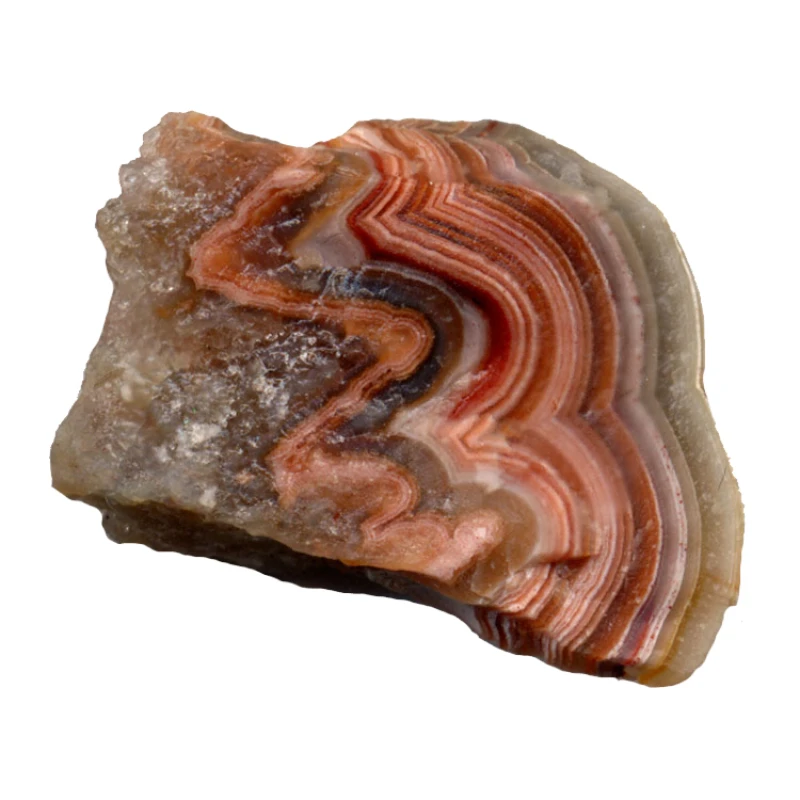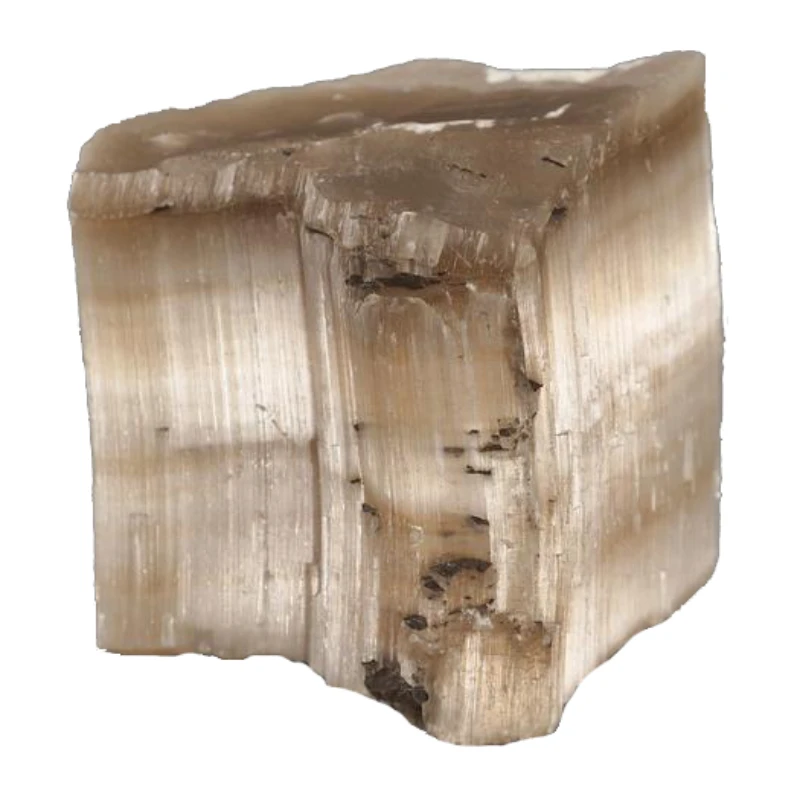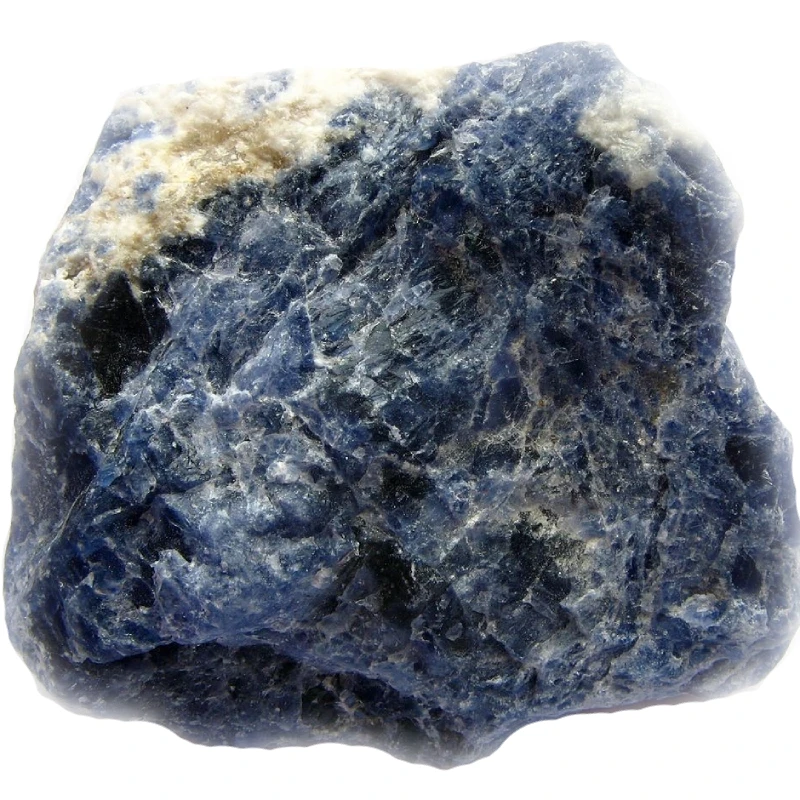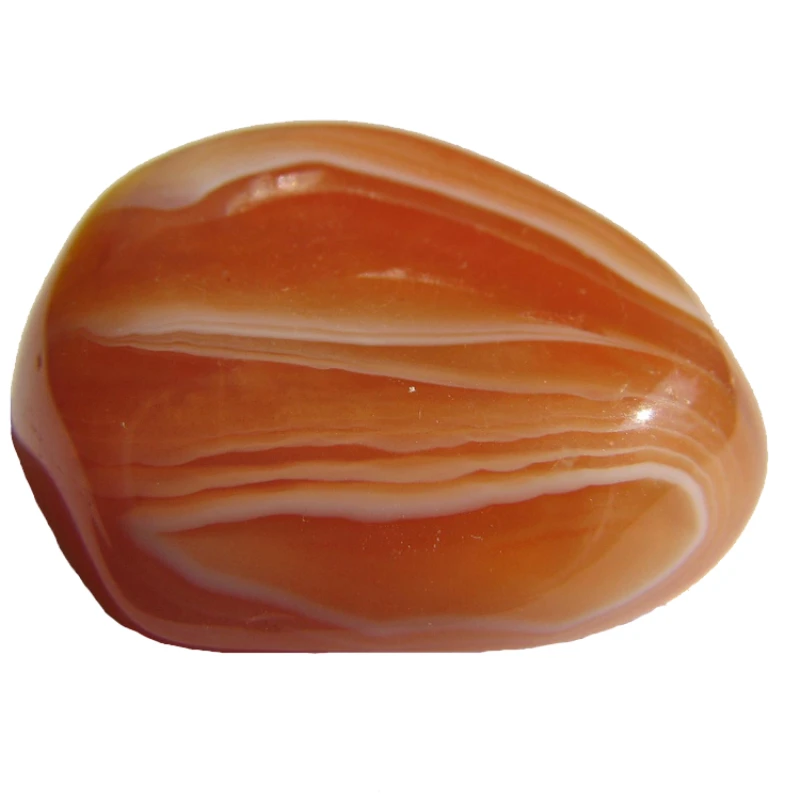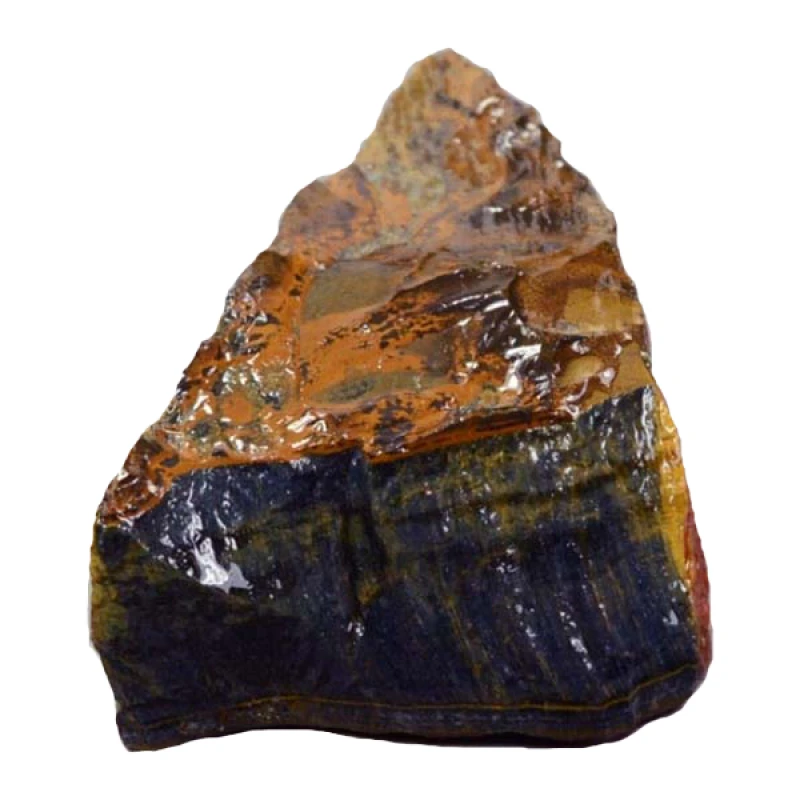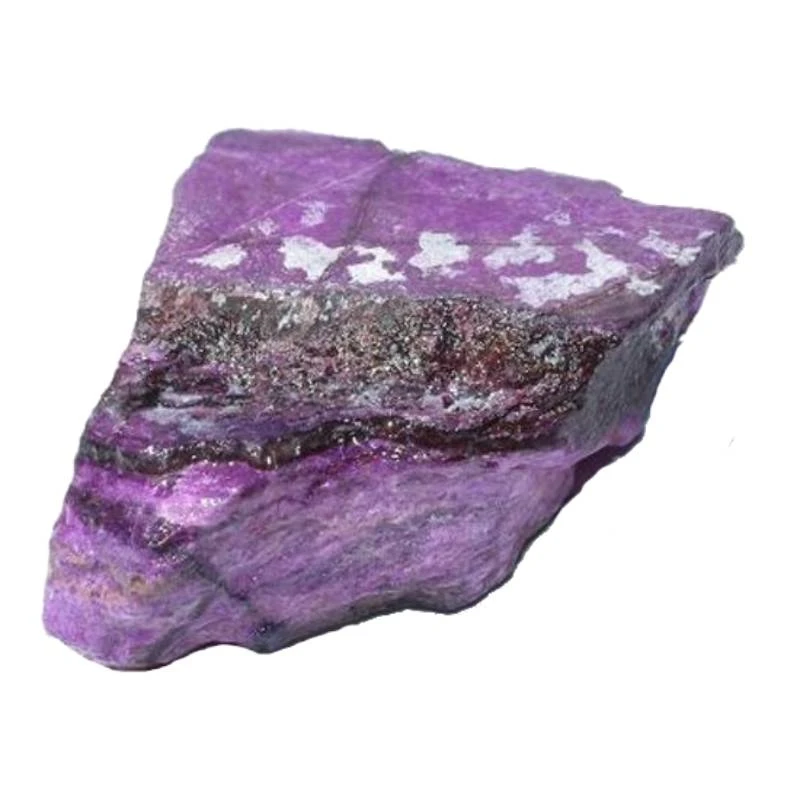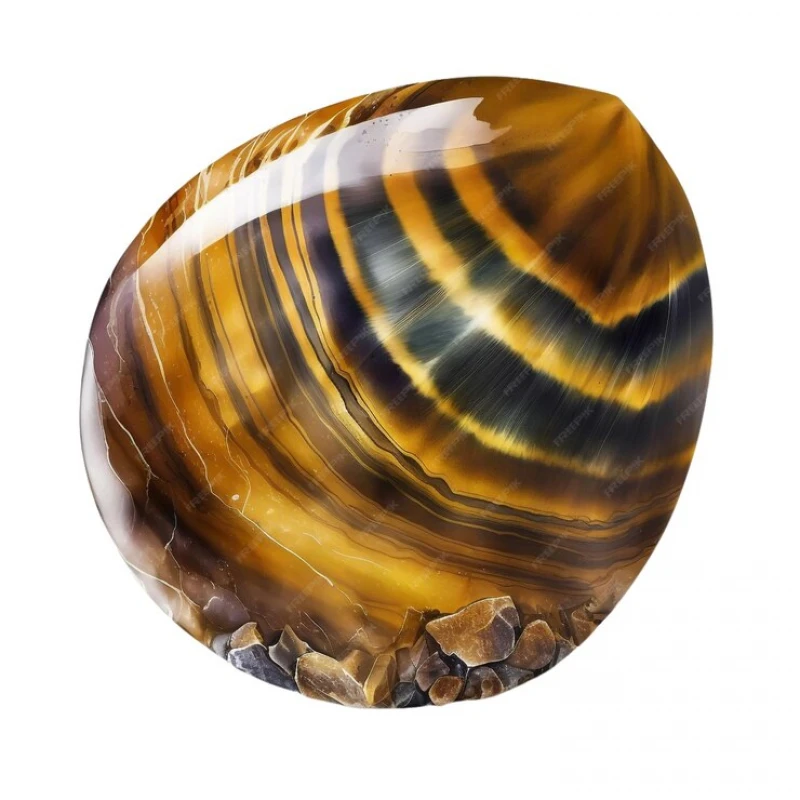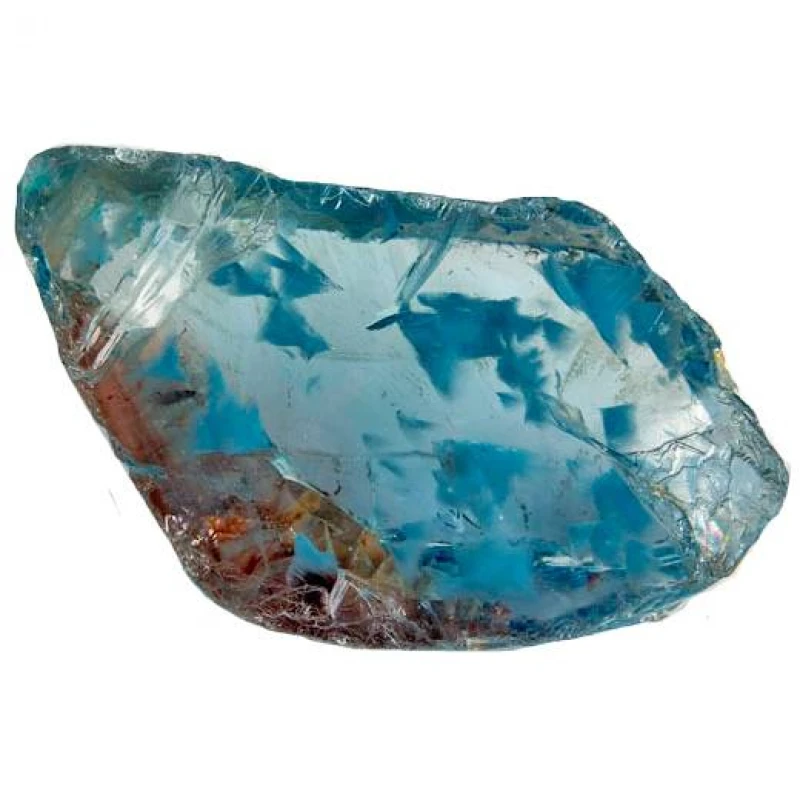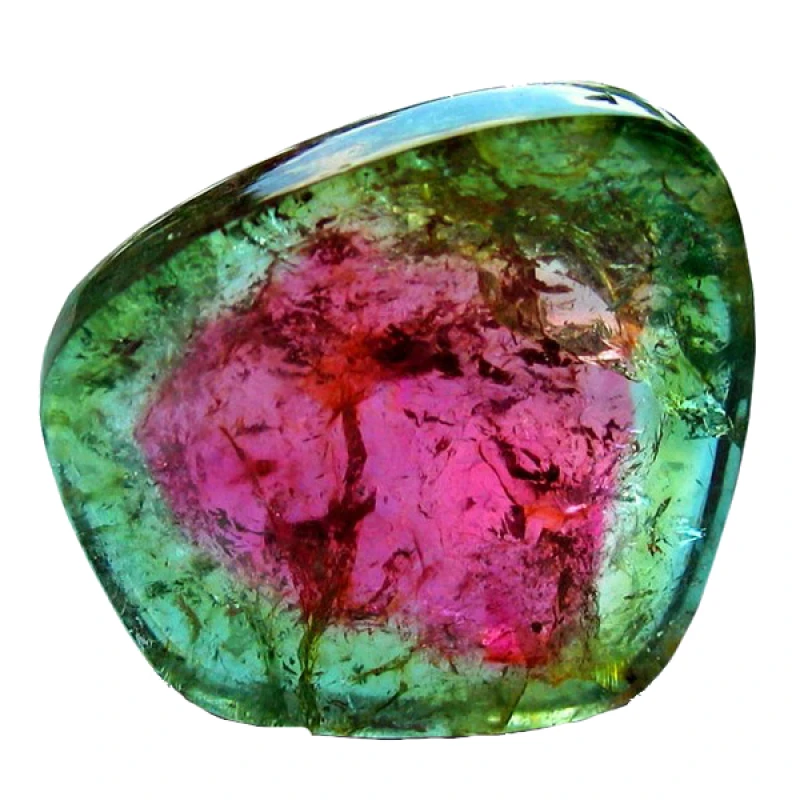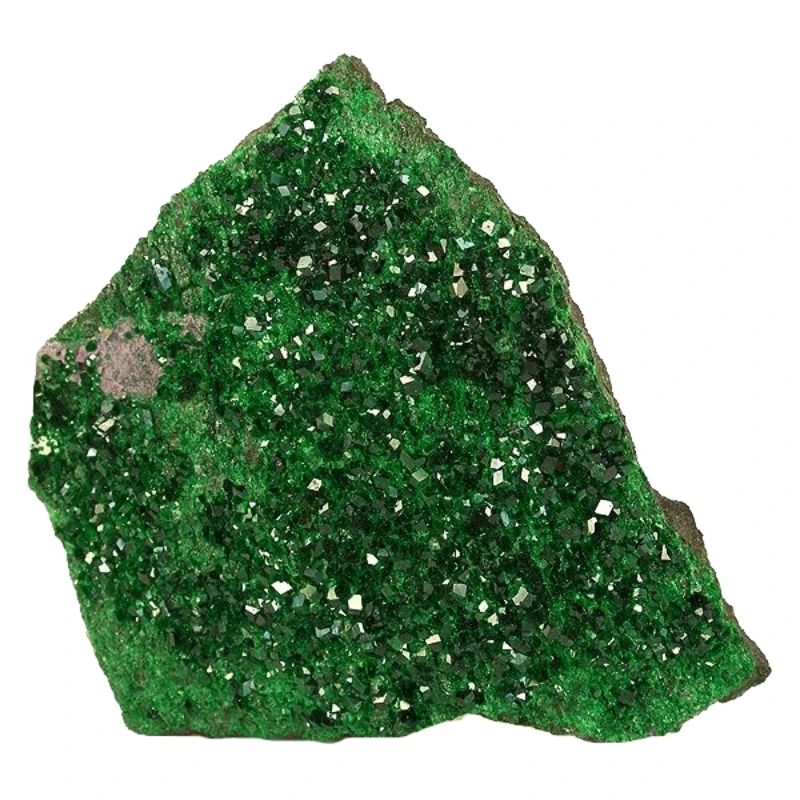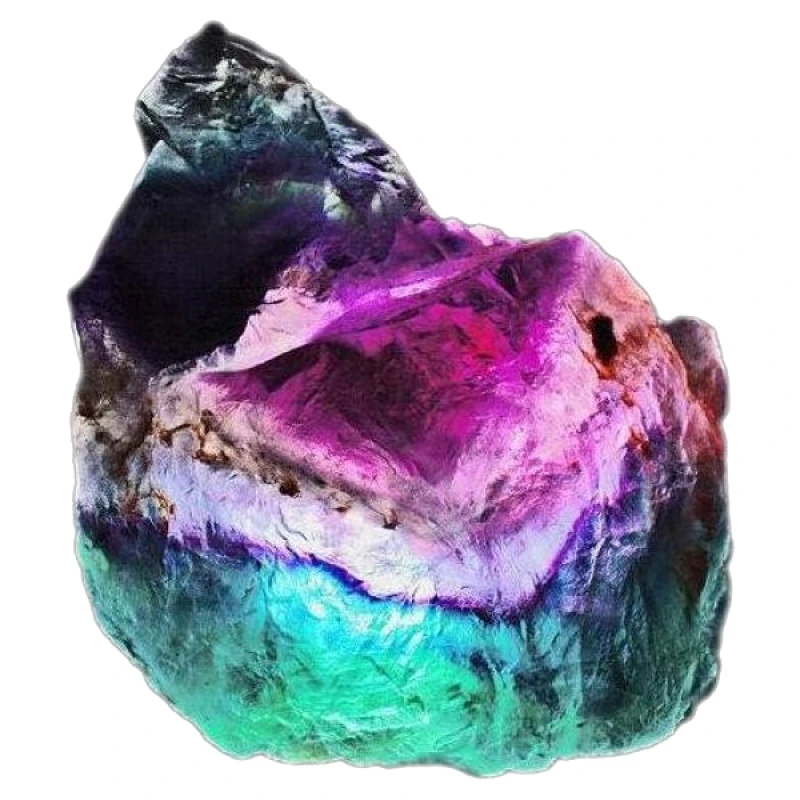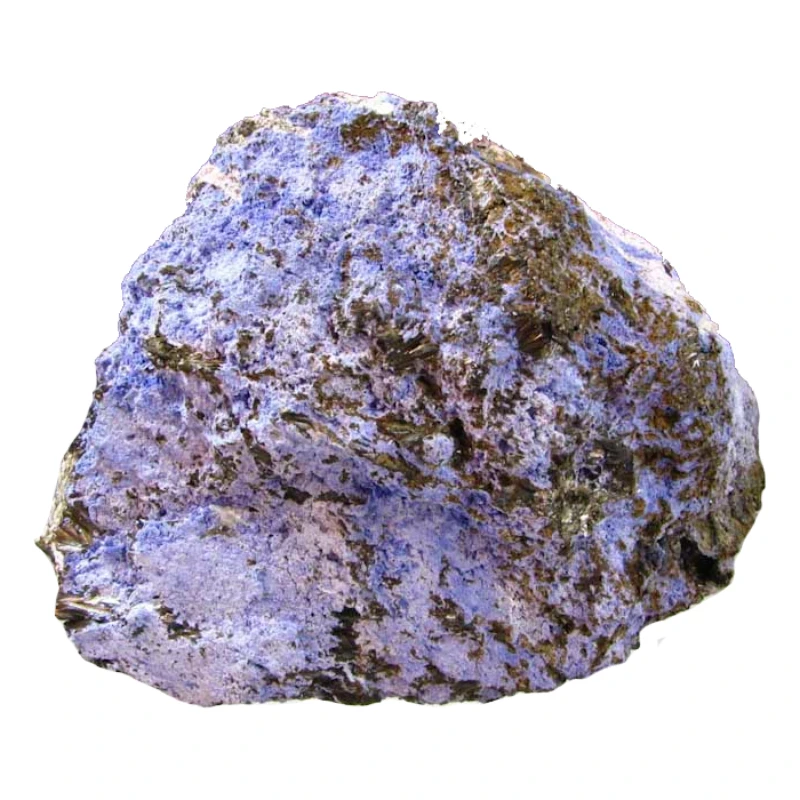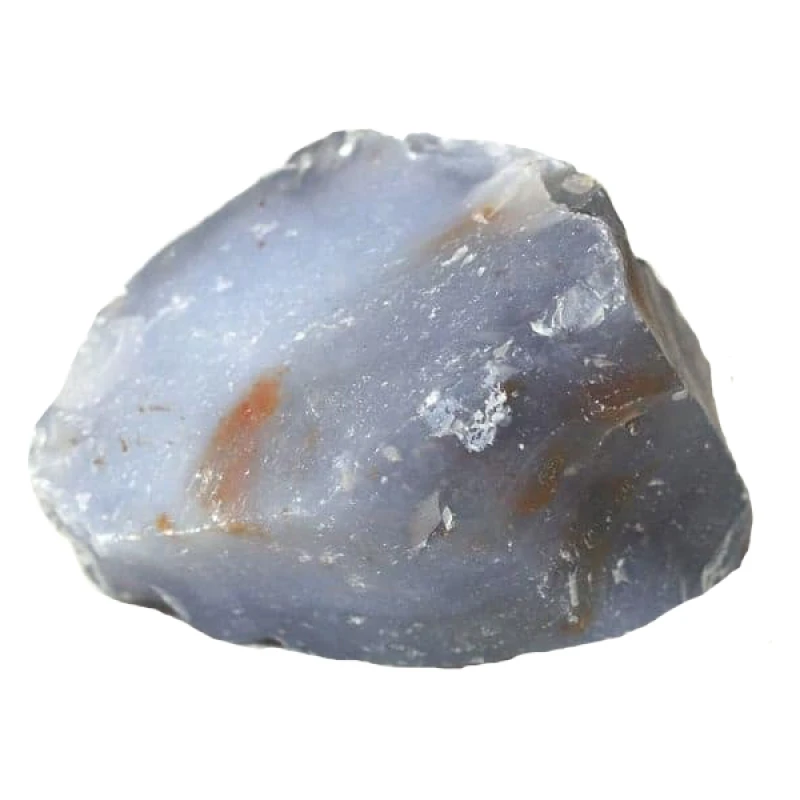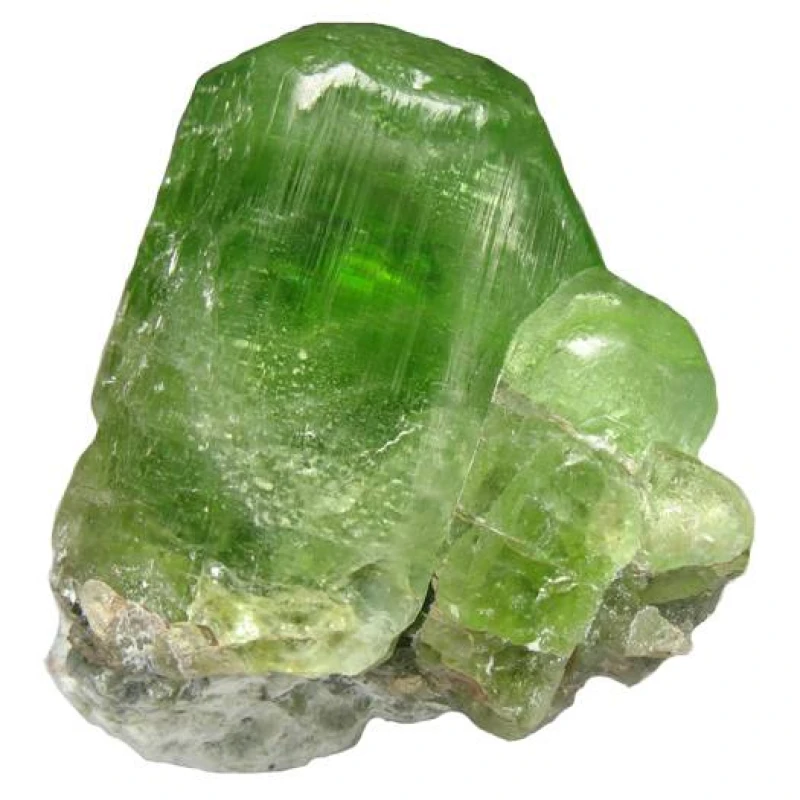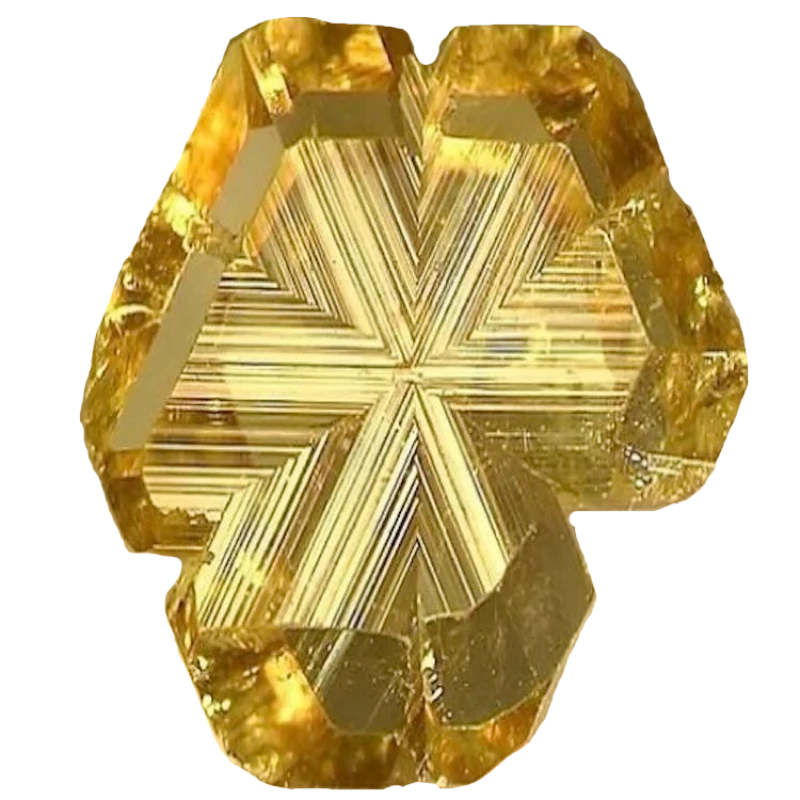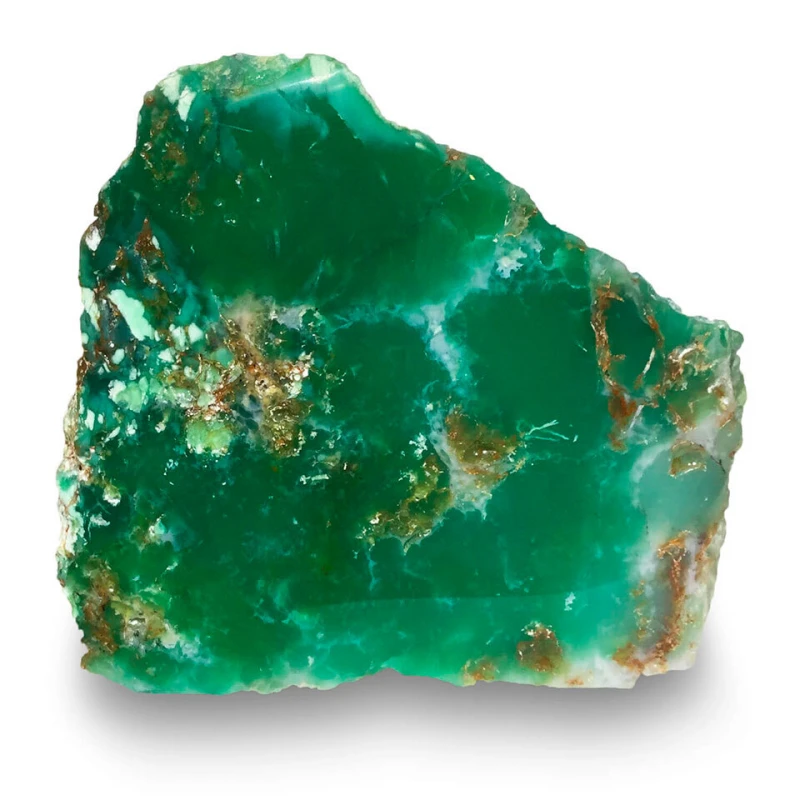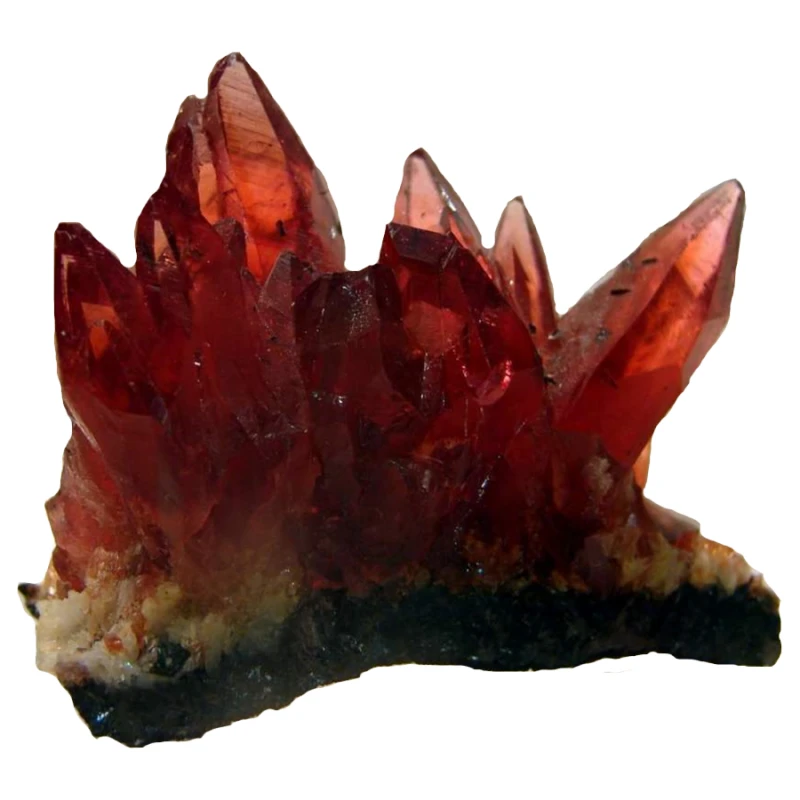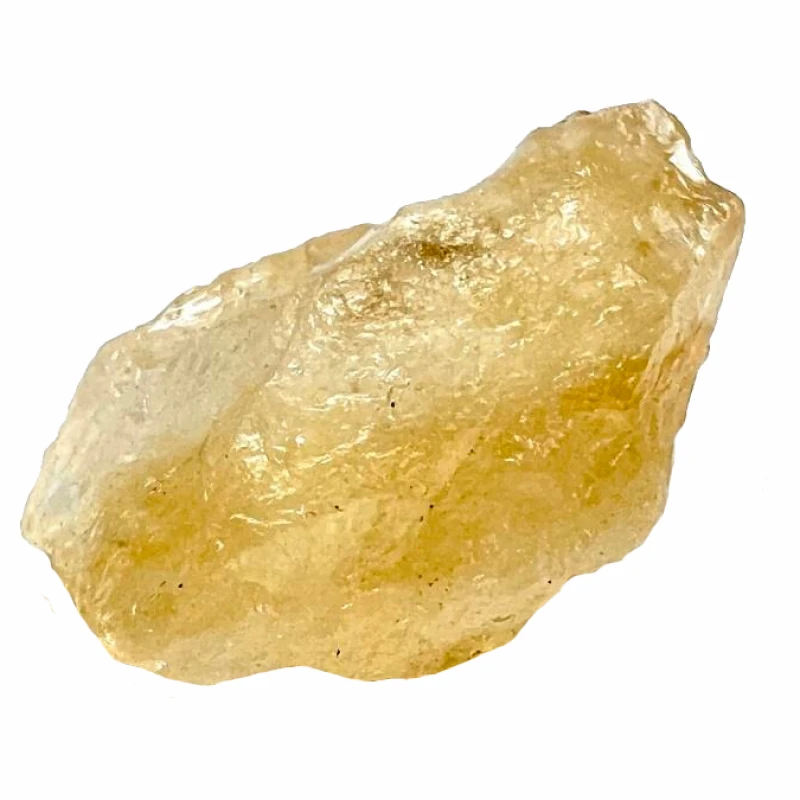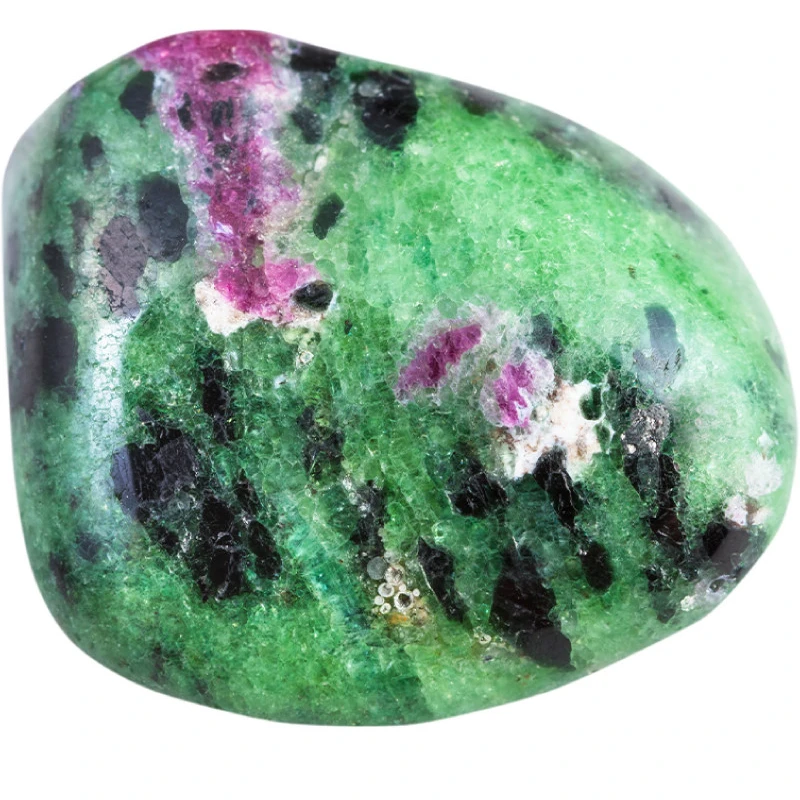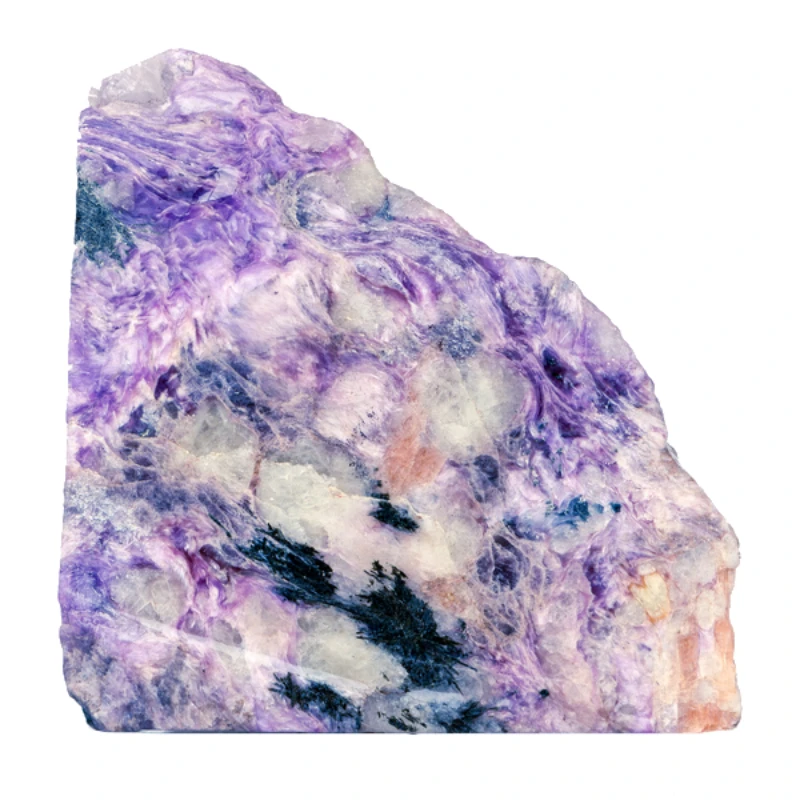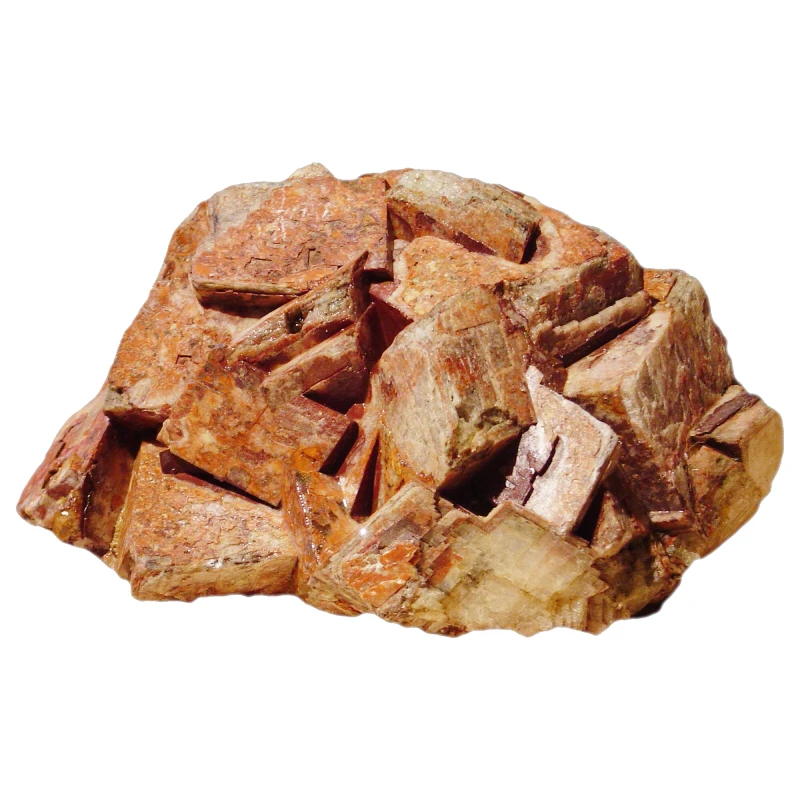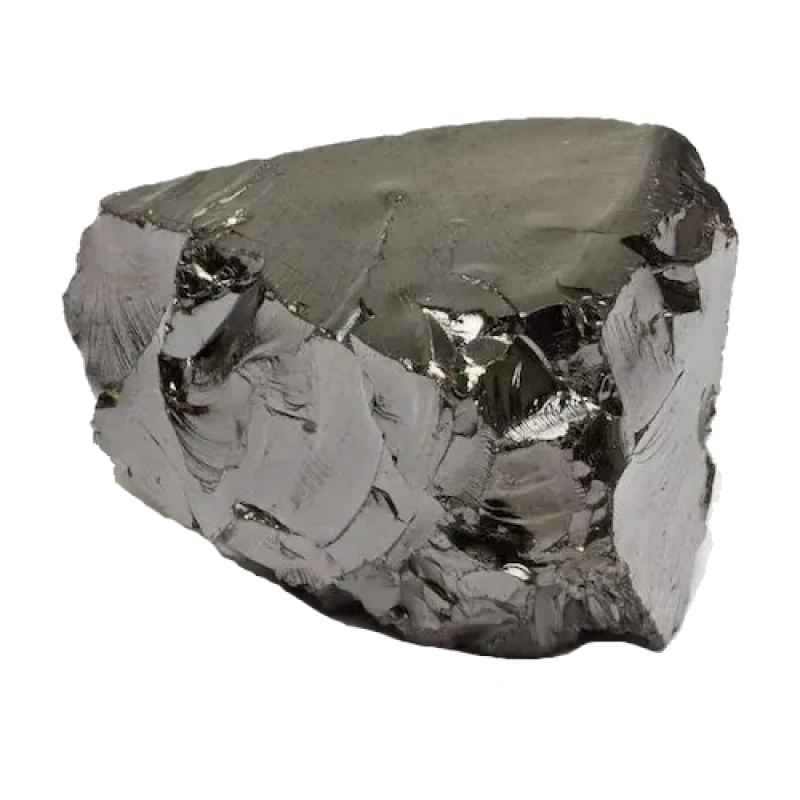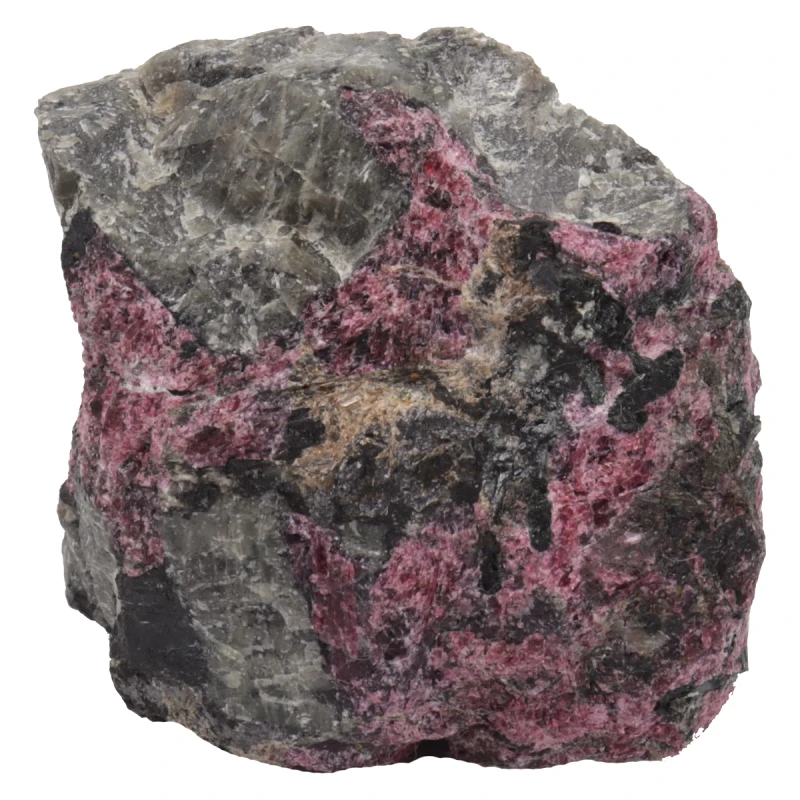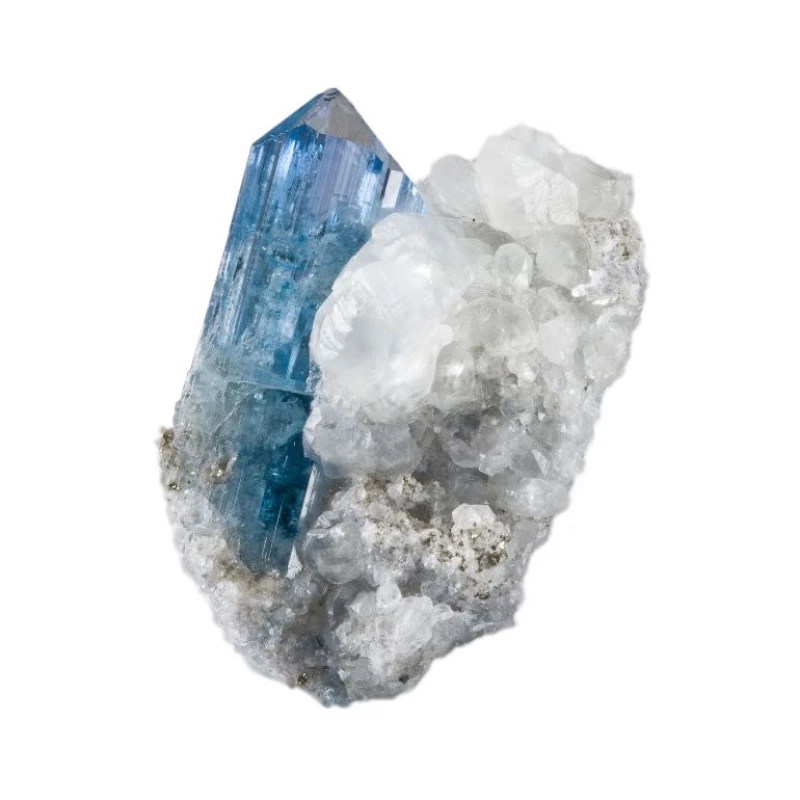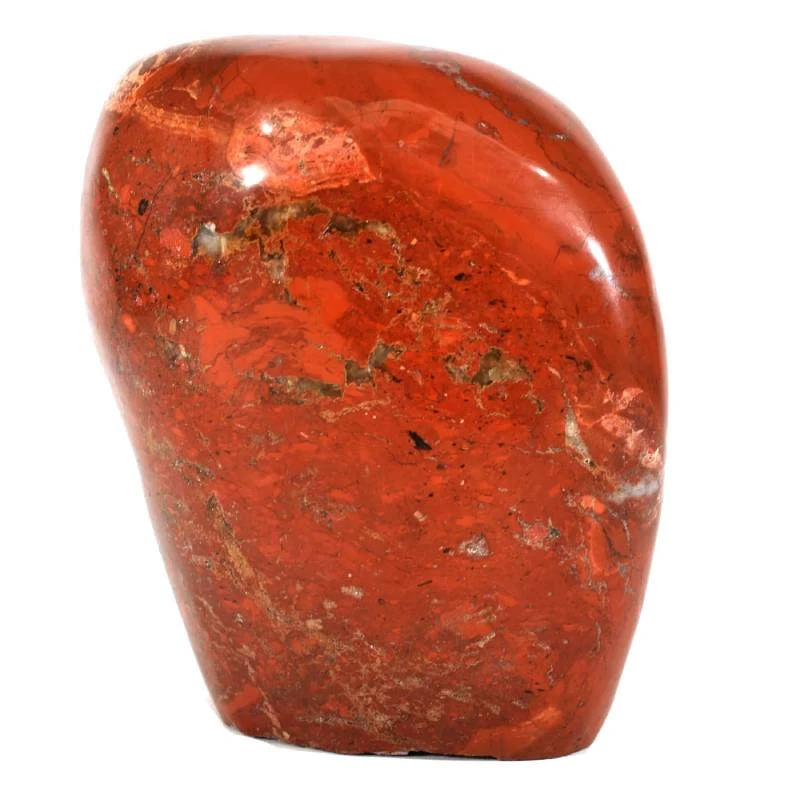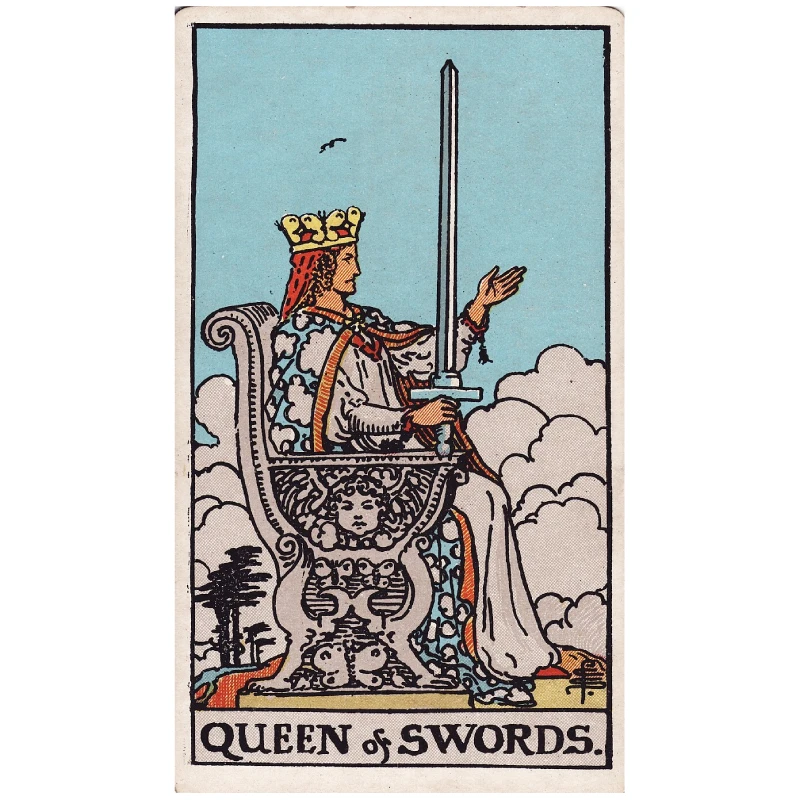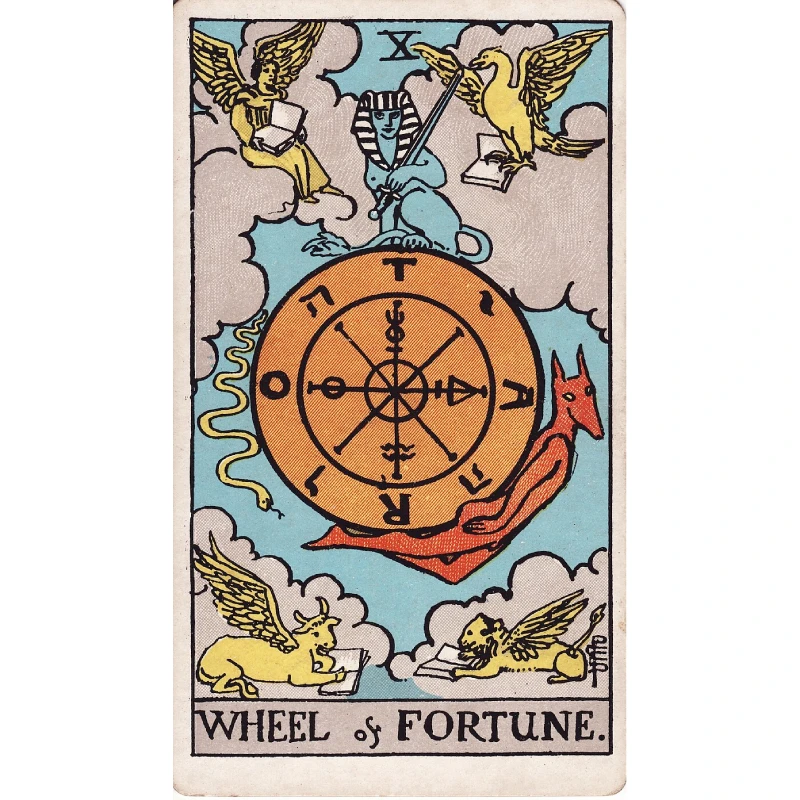Lapis Lazuli
Stone History
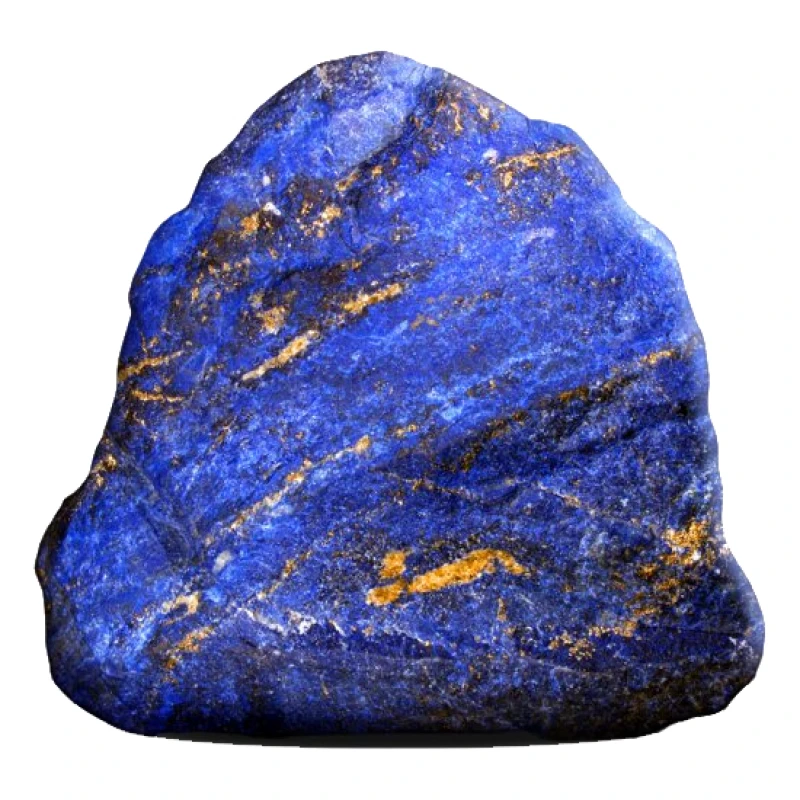
Lapis Lazuli is a semi-precious gemstone renowned for its deep blue color. Its history spans millennia and touches numerous cultures and civilizations.
-
Ancient Egypt: Lapis Lazuli was highly prized in Ancient Egypt. It was used in jewelry, amulets, and funerary masks — one of the most famous examples being the mask of Tutankhamun, adorned with lapis. Egyptians also ground the stone into powder to produce ultramarine pigment.
-
Mesopotamia: Lapis was significant in Mesopotamian civilizations such as the Sumerians and Akkadians. It was used for seals, figurines, and ornaments. Babylonians and Assyrians also valued it for its beauty and spiritual significance.
-
India: In ancient India, lapis was used to adorn temples and in jewelry. It held a role in Ayurvedic medicine and was believed to bring health and well-being.
-
China: In China, lapis was carved into decorative items, jewelry, and statues. It was believed to bring peace, harmony, and spiritual growth.
-
Greece and Rome: In ancient Greece and Rome, lapis was known as “ultramarine.” It was used in mosaics, adornments, and artistic pieces. Artists highly valued its vibrant blue tone for painting.
-
Medieval Europe: In the Middle Ages, lapis was brought to Europe through Eastern trade routes. It was used to create the costly pigment ultramarine, popular in iconography and illuminated manuscripts.
-
Renaissance: During the Renaissance, artists like Leonardo da Vinci and Michelangelo used lapis-based ultramarine pigment in their masterpieces.
-
Modern Use: Today, lapis is used in jewelry, decorative crafts, and pigment production. It’s also appreciated in lithotherapy and alternative medicine for its healing and energetic properties.
Zodiac
Lapis Lazuli resonates strongly with several zodiac signs:
-
Sagittarius – Enhances intellectual and intuitive abilities, perfect for philosophical and curious Sagittarians.
-
Aquarius – Supports harmony and spiritual growth, aligning with Aquarians’ search for truth and freedom.
-
Pisces – Helps dreamy and sensitive Pisces enhance their intuition and creativity, while providing emotional balance.
Element
Lapis Lazuli is associated with the element of Air, symbolizing intellect, communication, creativity, and spiritual development.
Planet
The gemstone is connected with the planet Jupiter, which represents expansion, wisdom, growth, and good fortune in astrology.
Colors
Lapis Lazuli is best known for its deep blue hue but can exhibit a range of tones and inclusions:
-
Blue – The classic color, ranging from light to deep midnight blue.
-
Indigo – Some stones exhibit a darker, more saturated blue.
-
White – Inclusions of calcite may create white or light-gray streaks.
-
Green – Traces of minerals like malachite or chlorite can introduce greenish tones.
Chakra
Lapis Lazuli primarily resonates with the Throat Chakra (Vishuddha), responsible for communication, self-expression, and truth.
Application examples:
-
Meditating with lapis on the throat area to strengthen the chakra.
-
Wearing lapis jewelry (necklaces, pendants) to maintain chakra balance.
-
Placing the stone on the throat during crystal grid work.
Magical Properties
Lapis Lazuli possesses a wide array of magical properties:
-
Communication & Self-Expression – Enhances communication and aligns with truth and clarity.
-
Spiritual Growth – Facilitates deep meditation and expanded awareness.
-
Protection & Cleansing – Shields against negativity and purifies aura and spaces.
-
Luck & Success – Attracts favorable opportunities, financial success, and goal achievement.
-
Self-Discovery & Wisdom – Encourages introspection, peace, and spiritual insight.
-
Love & Partnership – Believed to strengthen love bonds and improve relationship harmony.
Healing Properties
Lapis Lazuli is valued in holistic practices for its healing benefits:
-
Throat Health – Eases throat inflammation, pain, and supports vocal expression.
-
Enhanced Communication – Aids those with difficulty expressing thoughts or feelings.
-
Stress & Anxiety Relief – Calms emotional tension, promoting peace and relaxation.
-
Immune Boosting – Strengthens the immune system and enhances general health.
-
Respiratory Support – Assists in relieving inflammation and breathing issues.
-
Sleep Improvement – Encourages restful sleep and helps with insomnia.
Mining Locations
Lapis Lazuli deposits are found in regions with carbonate-rich and metamorphic rock formations.
-
Afghanistan – Especially in Badakhshan province, one of the oldest and richest sources.
-
Chile – Found in the Andes region, particularly in the Valle del Elqui.
-
Russia – Deposits in Siberia and the Ural Mountains, such as the Kachkanar area.
-
United States – Found in Colorado, California, and Montana.
-
Czech Republic – Recently discovered deposits in the Šumava region.
-
Mongolia – Especially in the western regions like Khovd.
Other articles in this section
